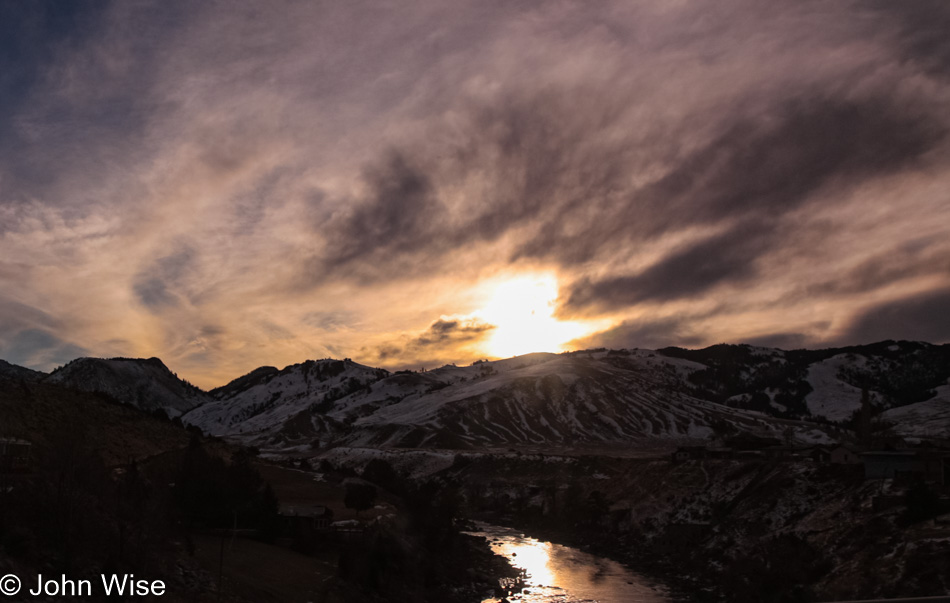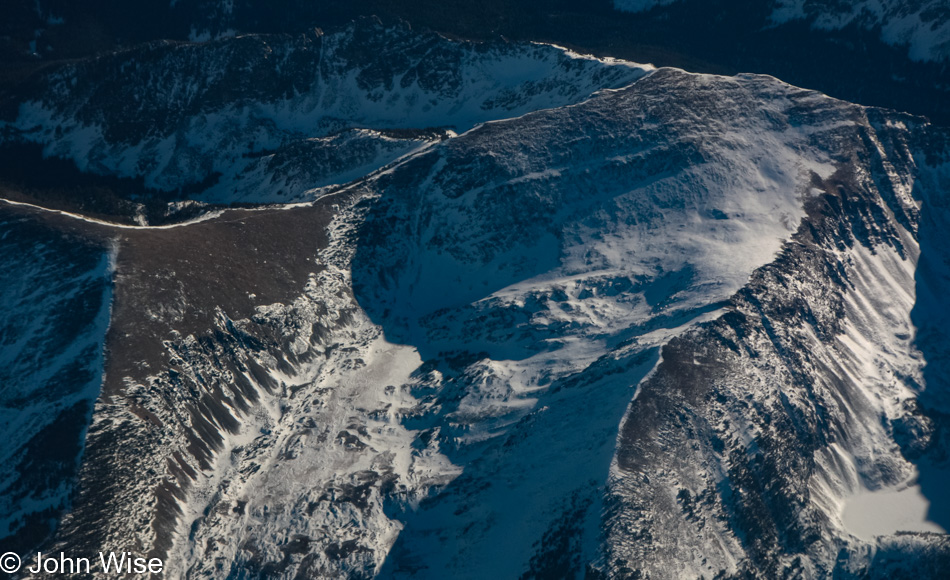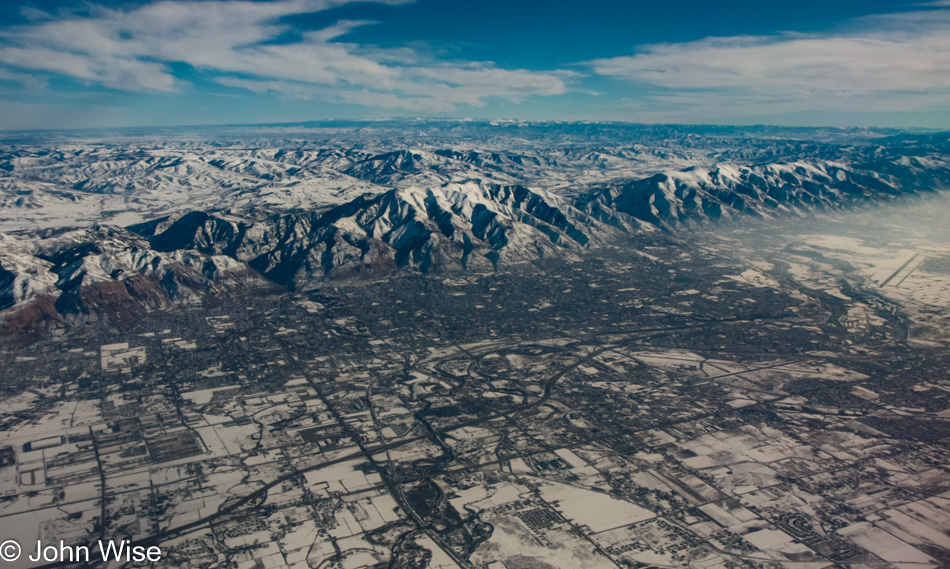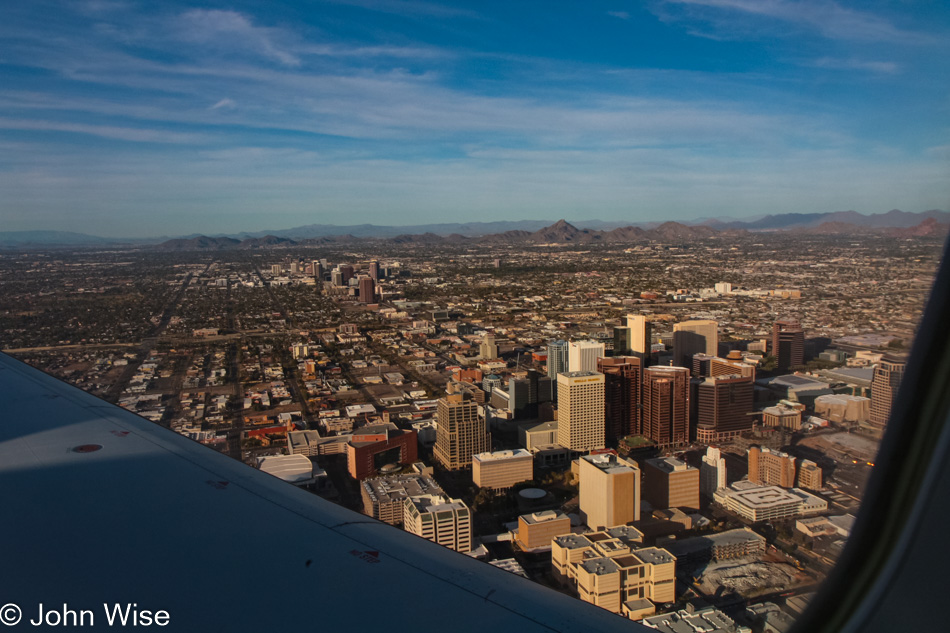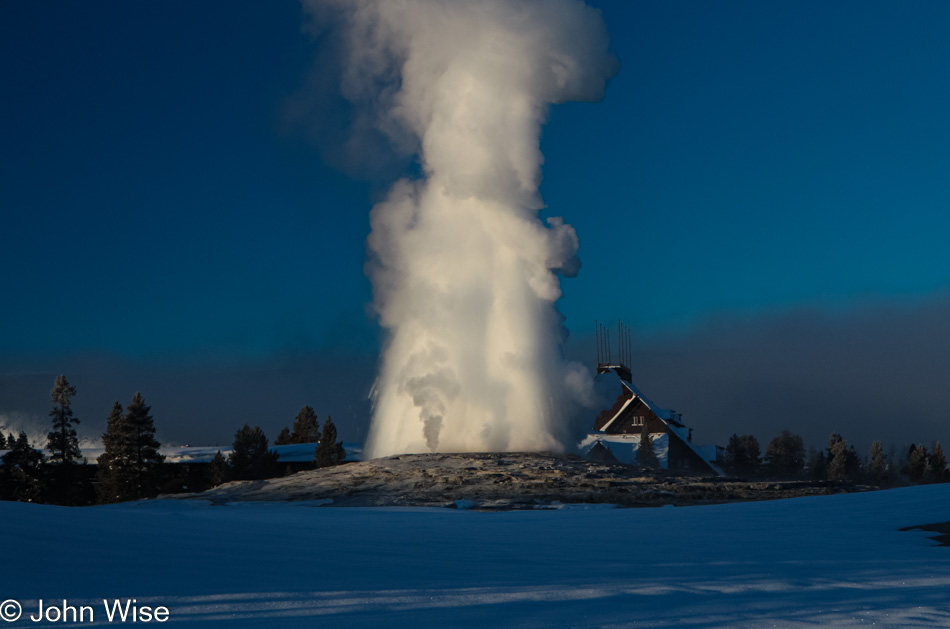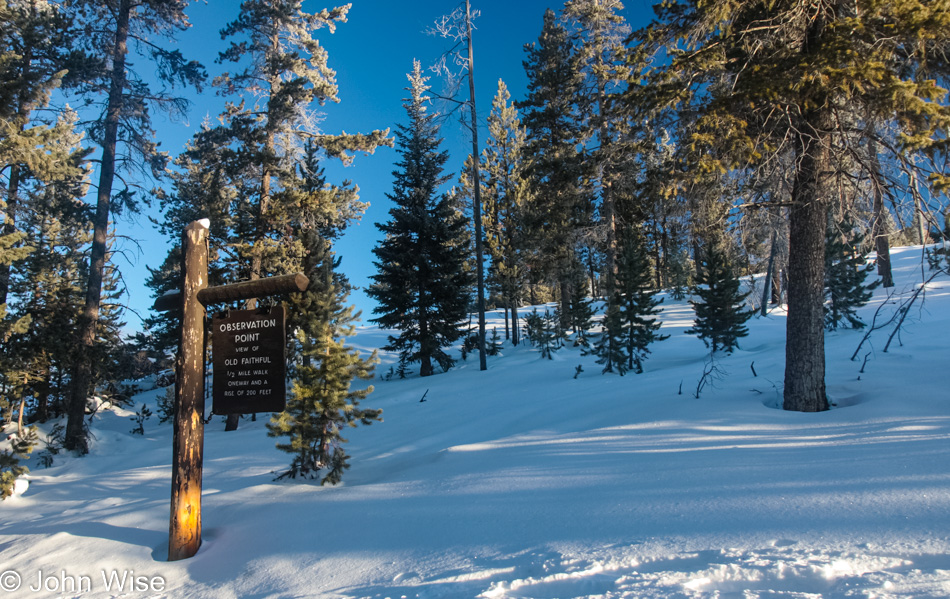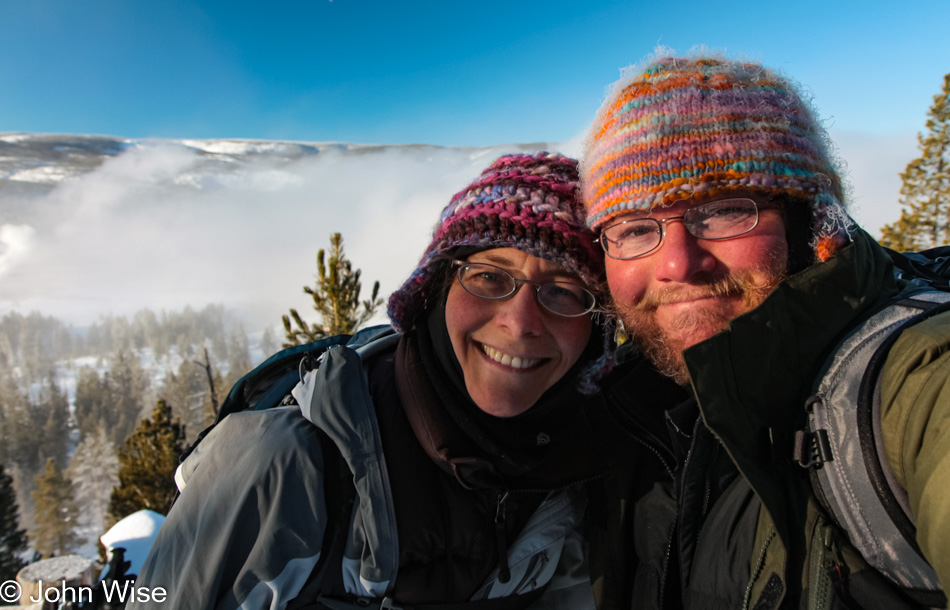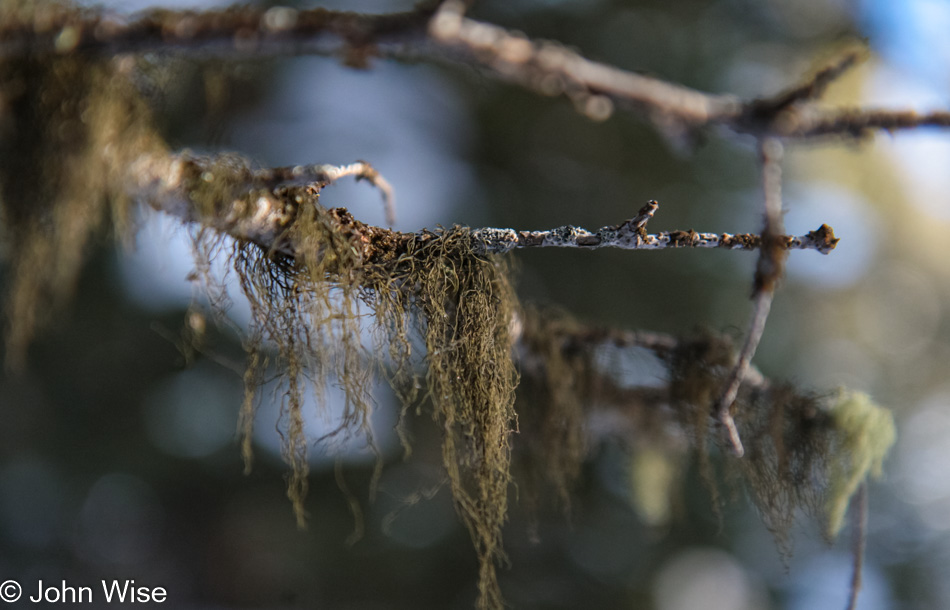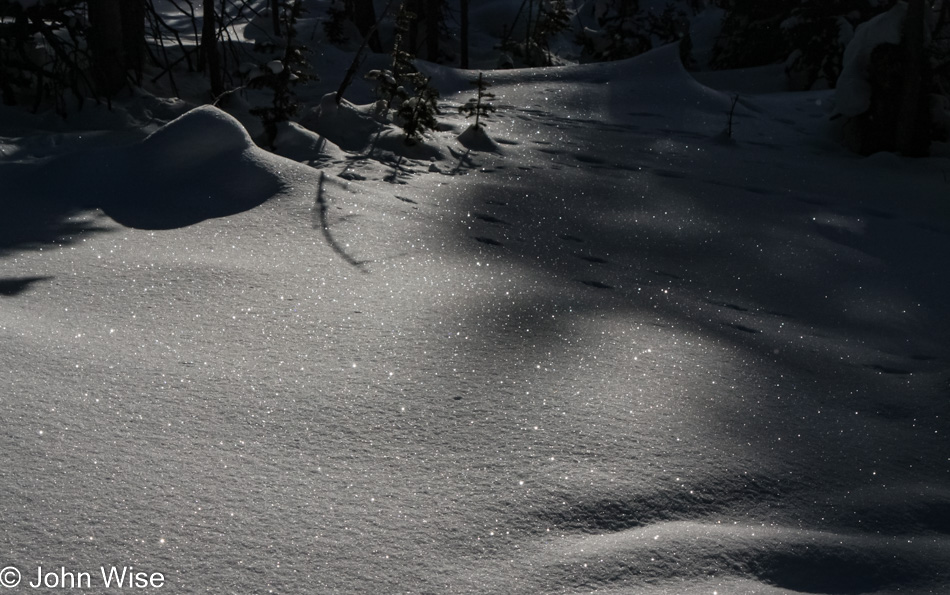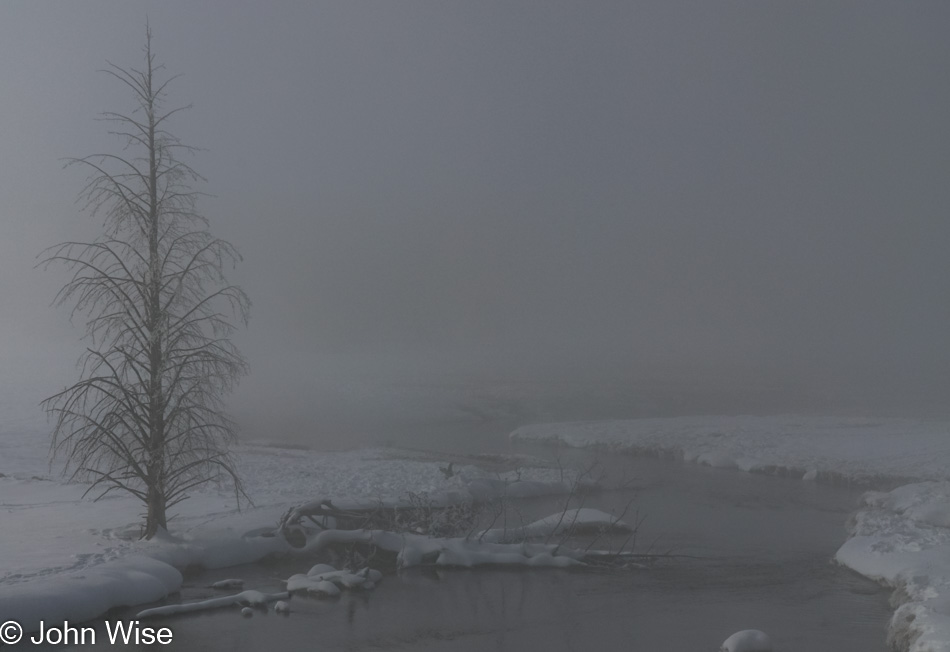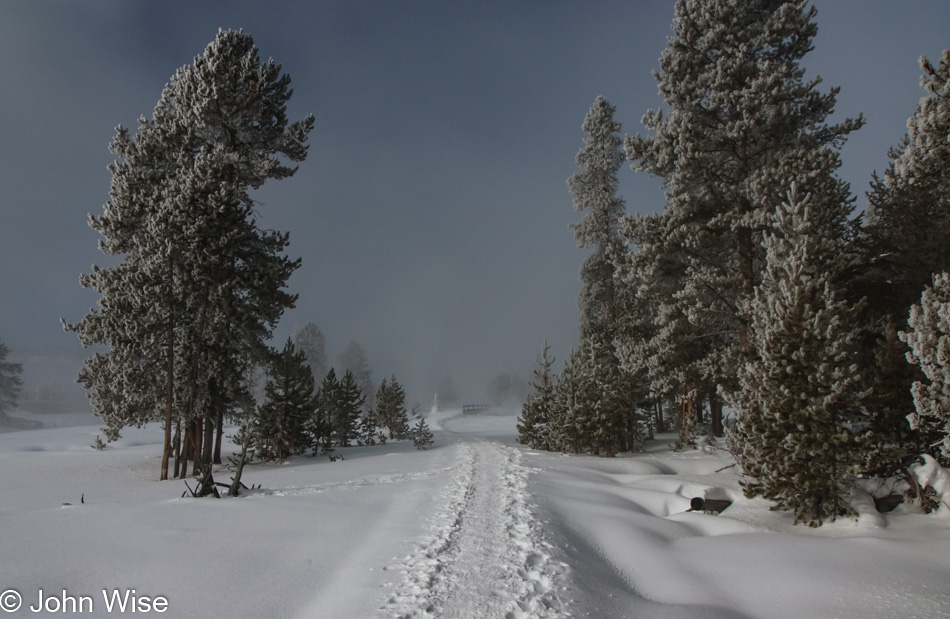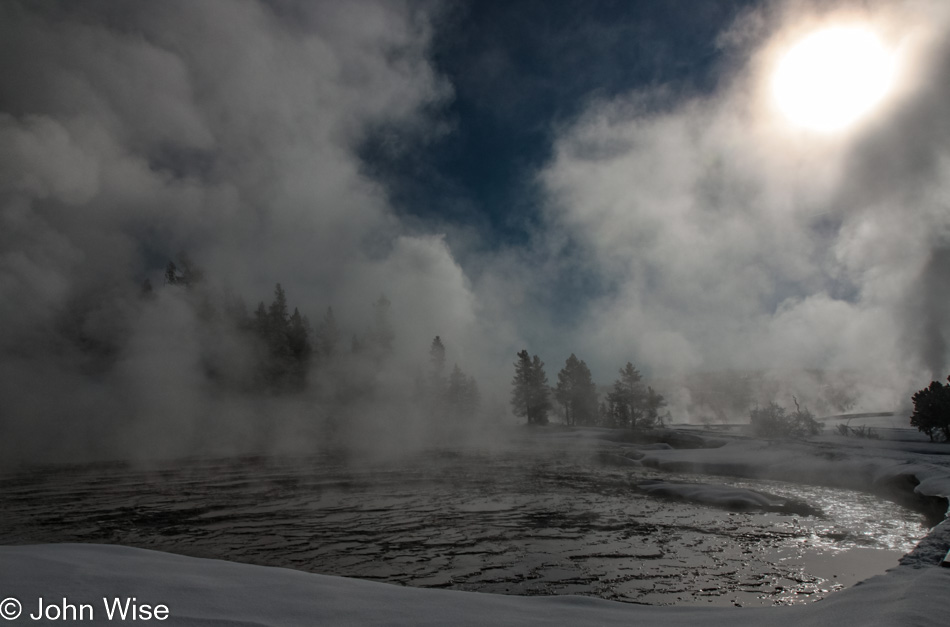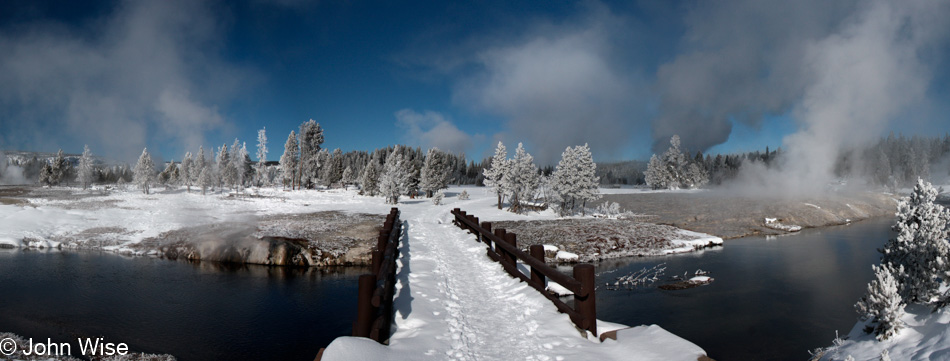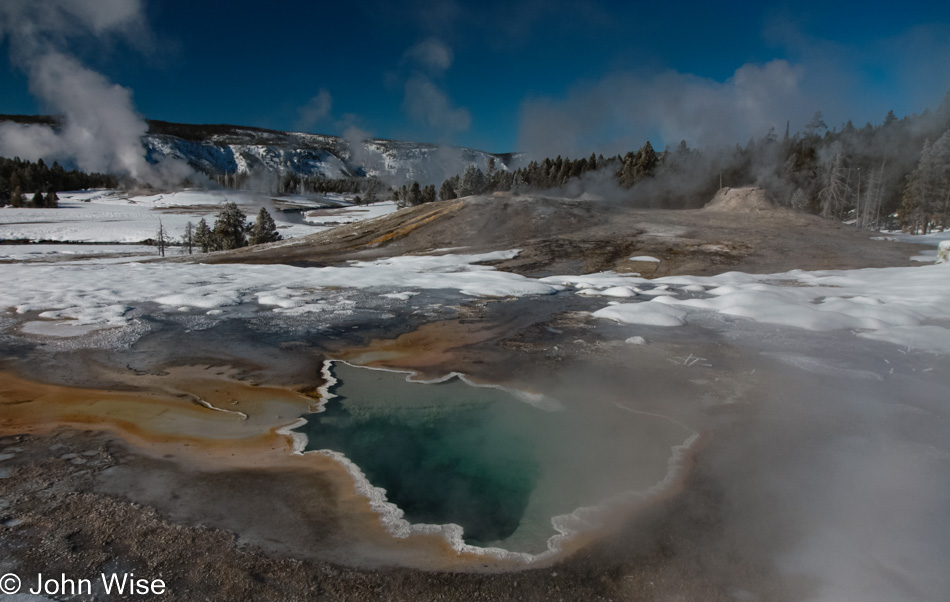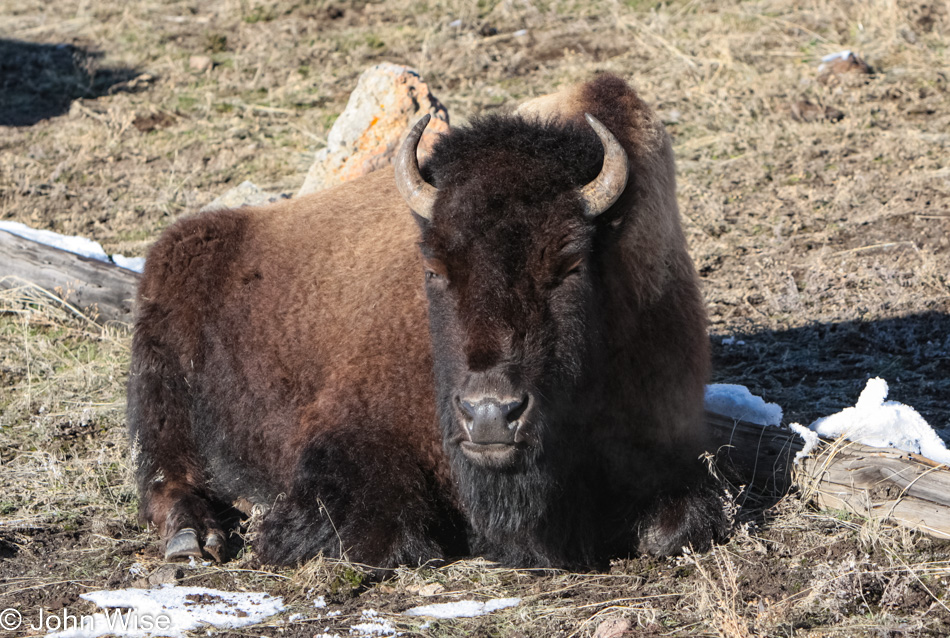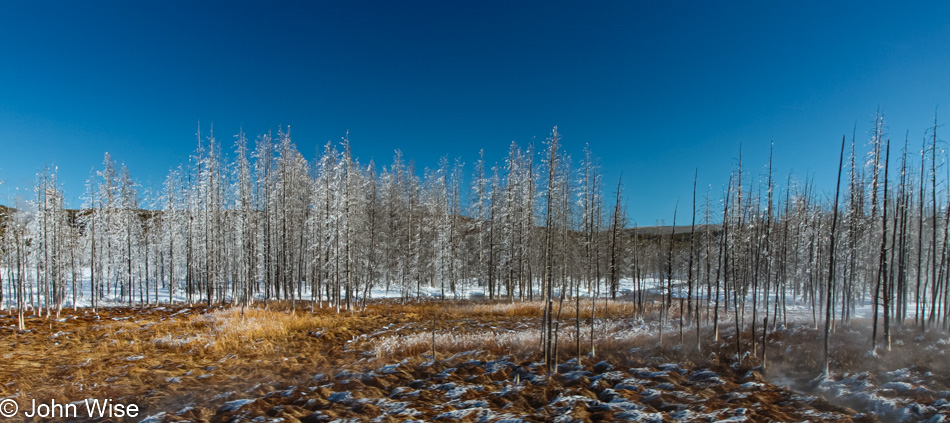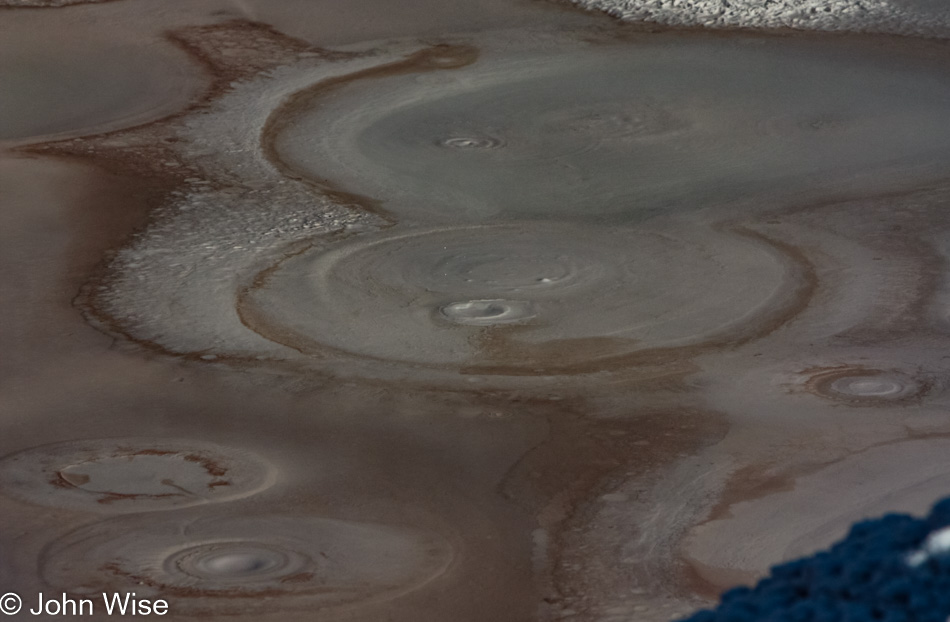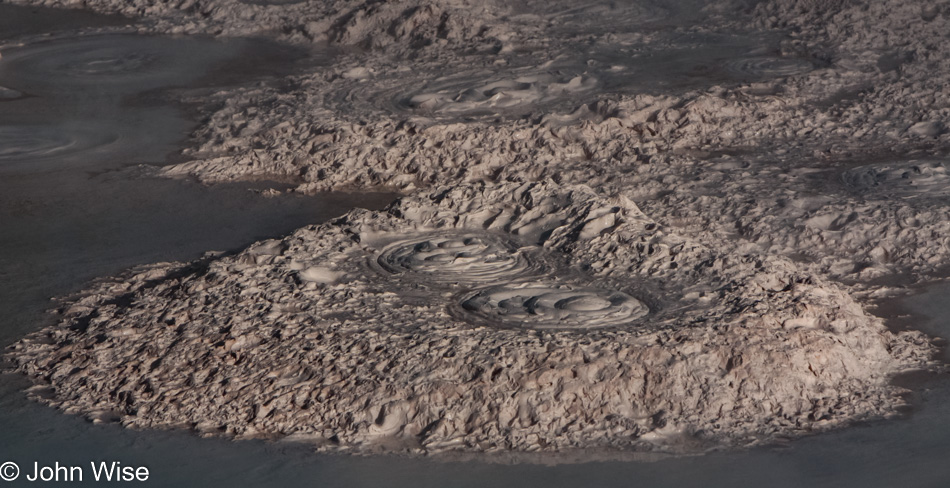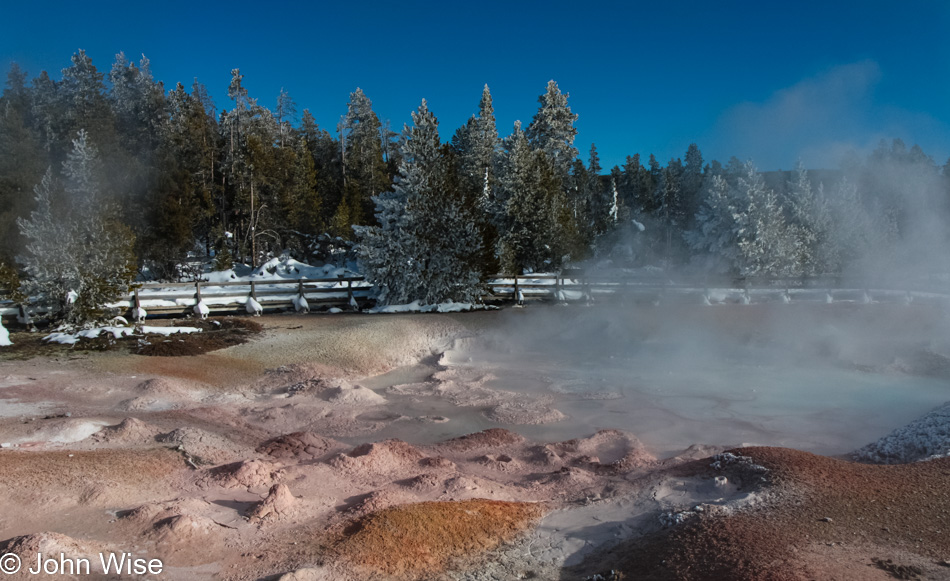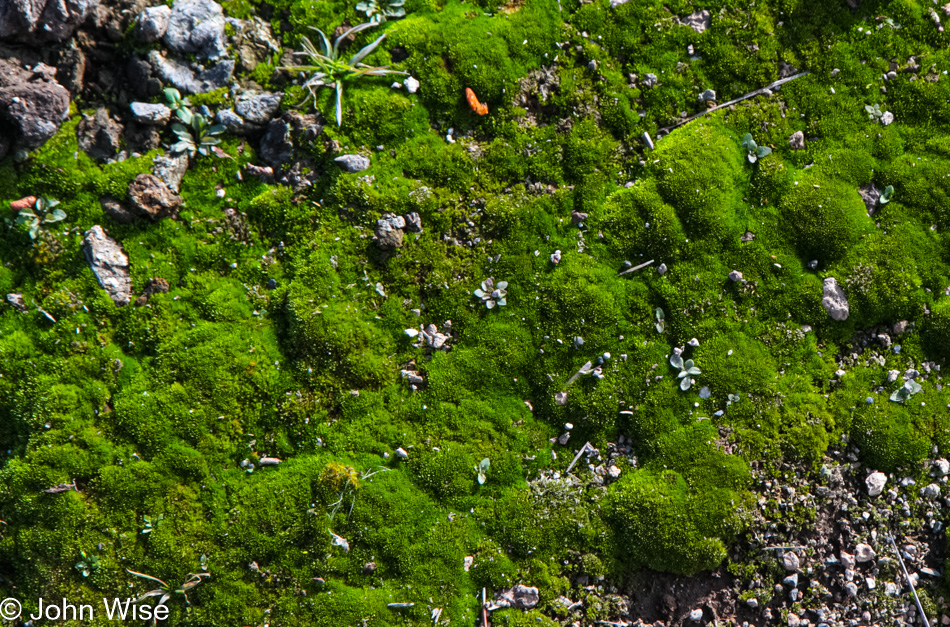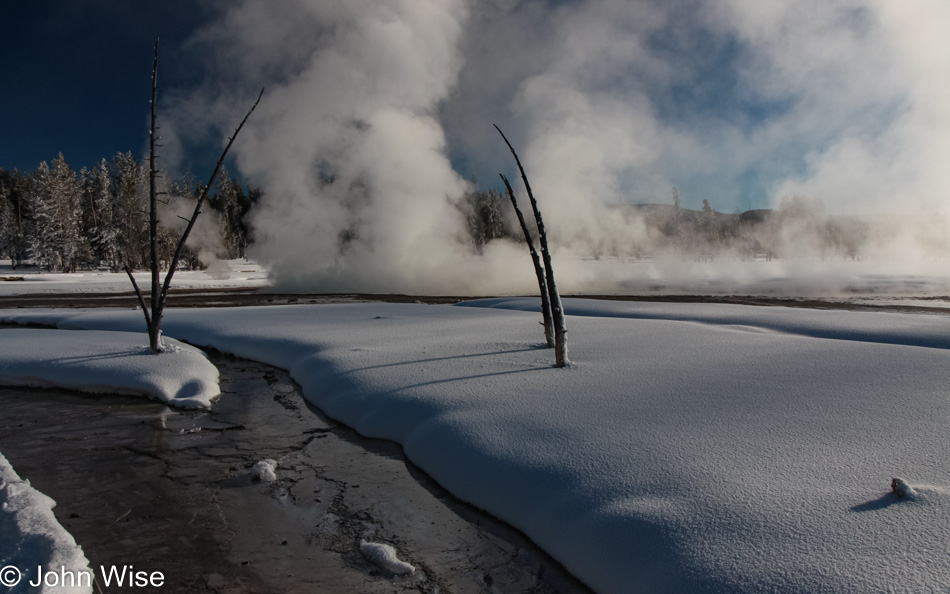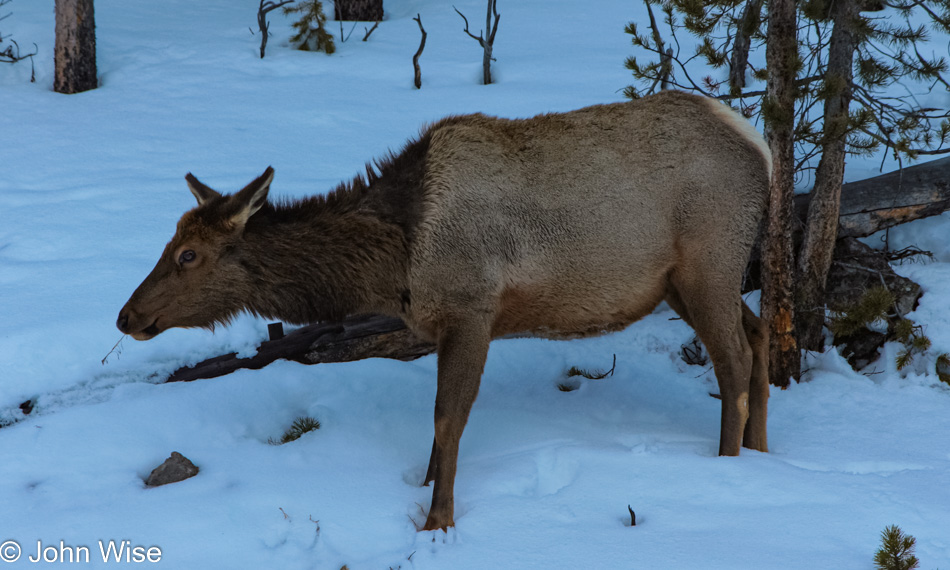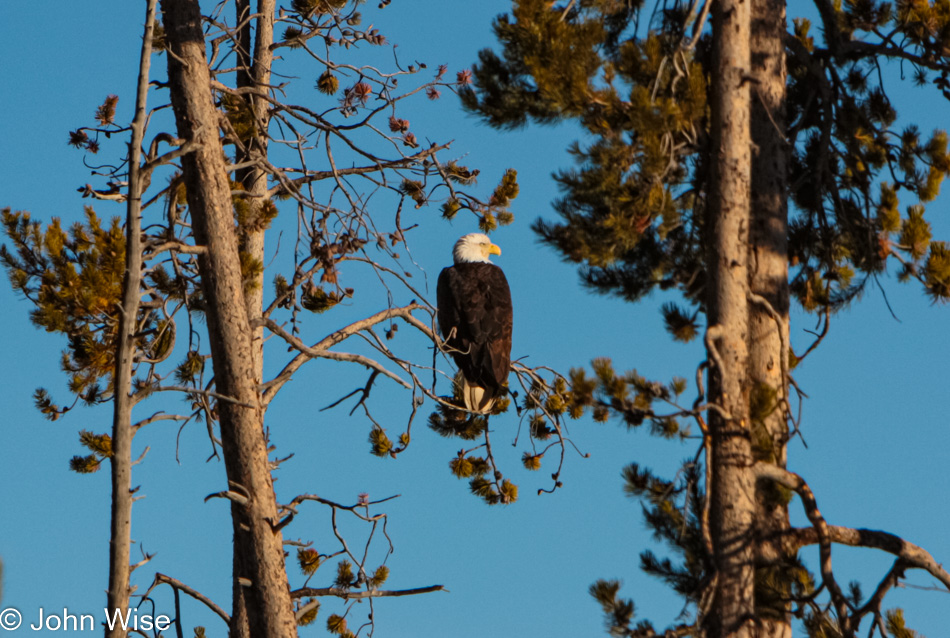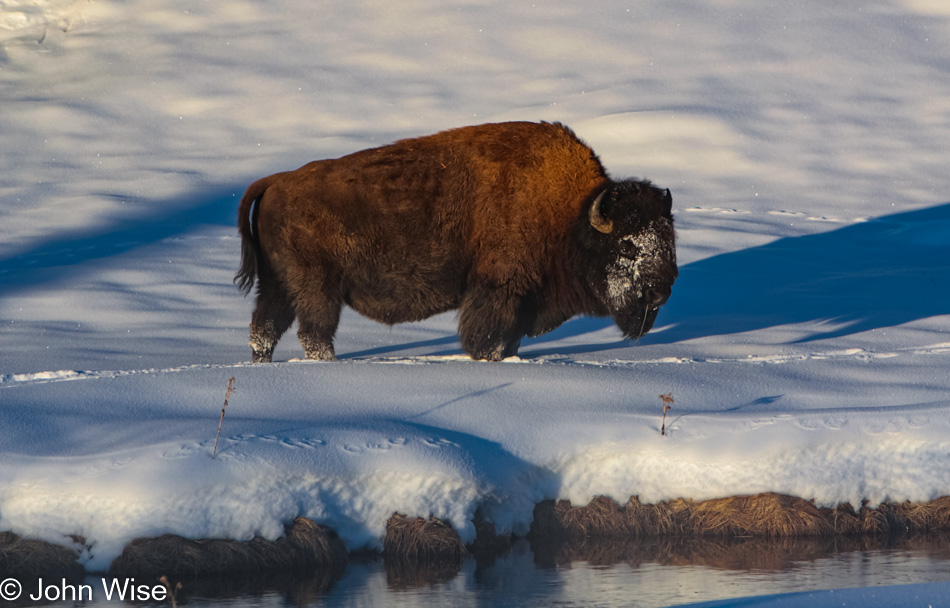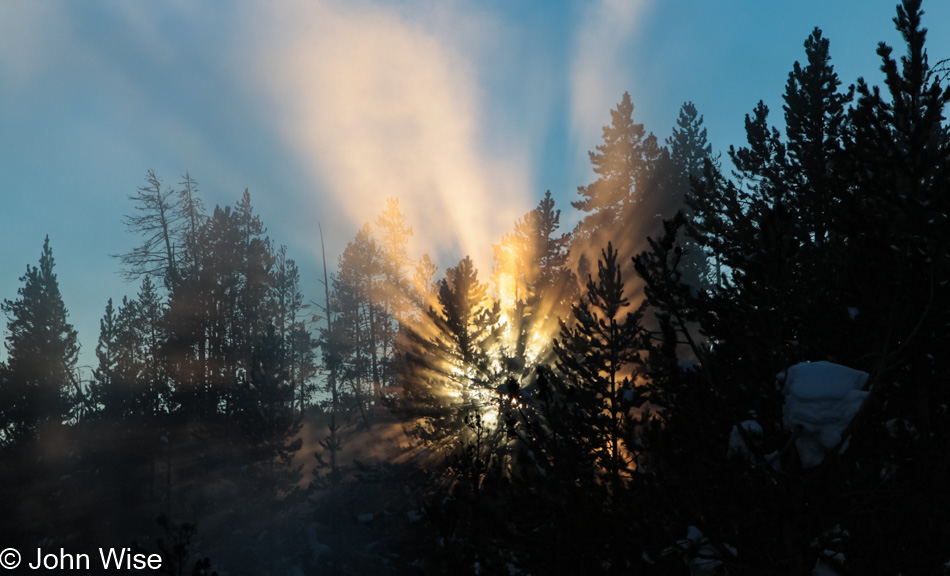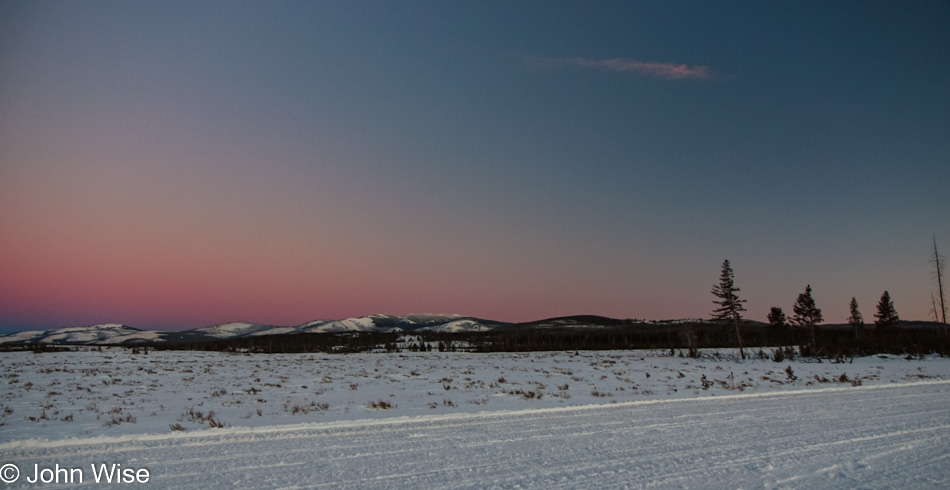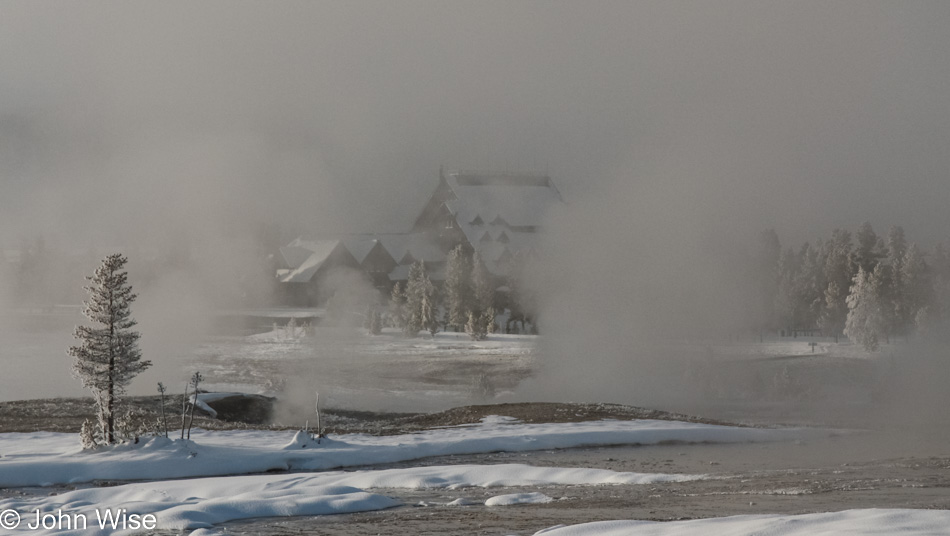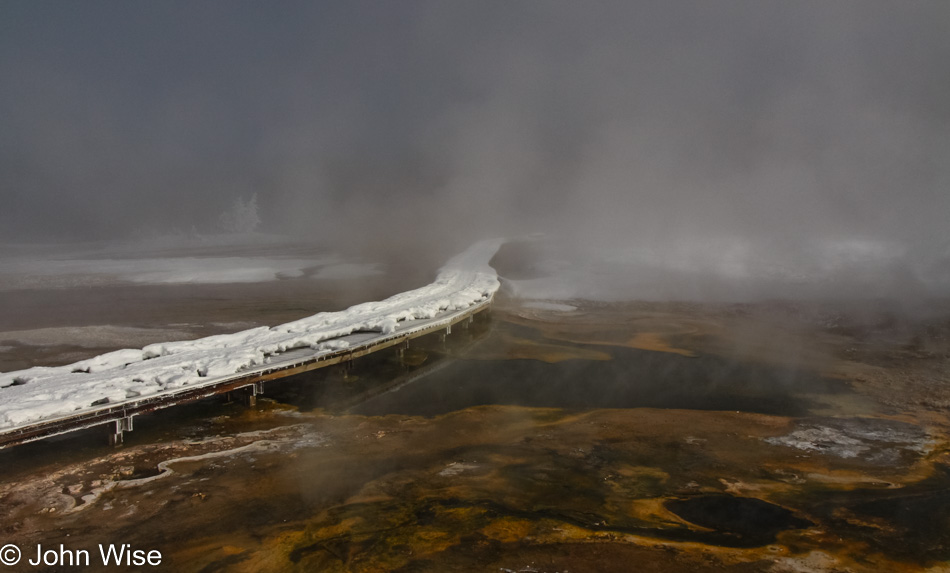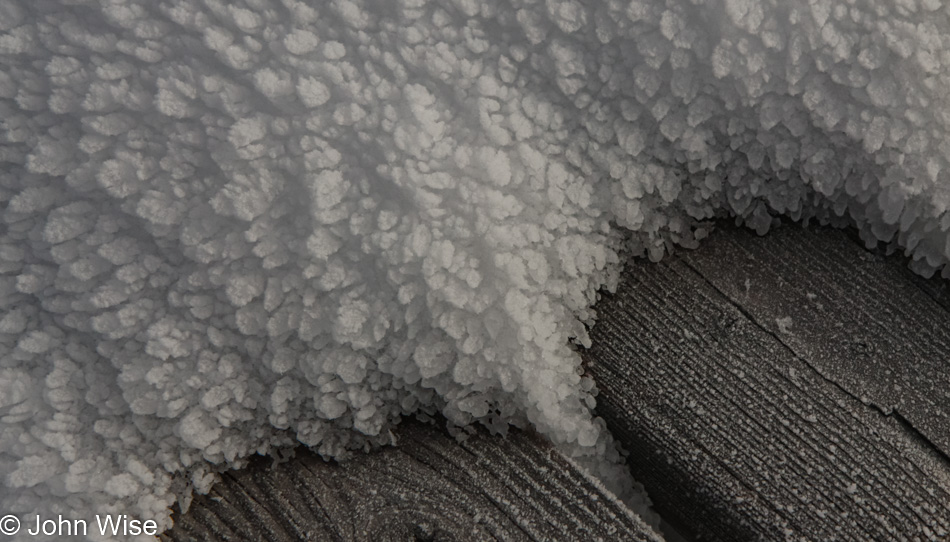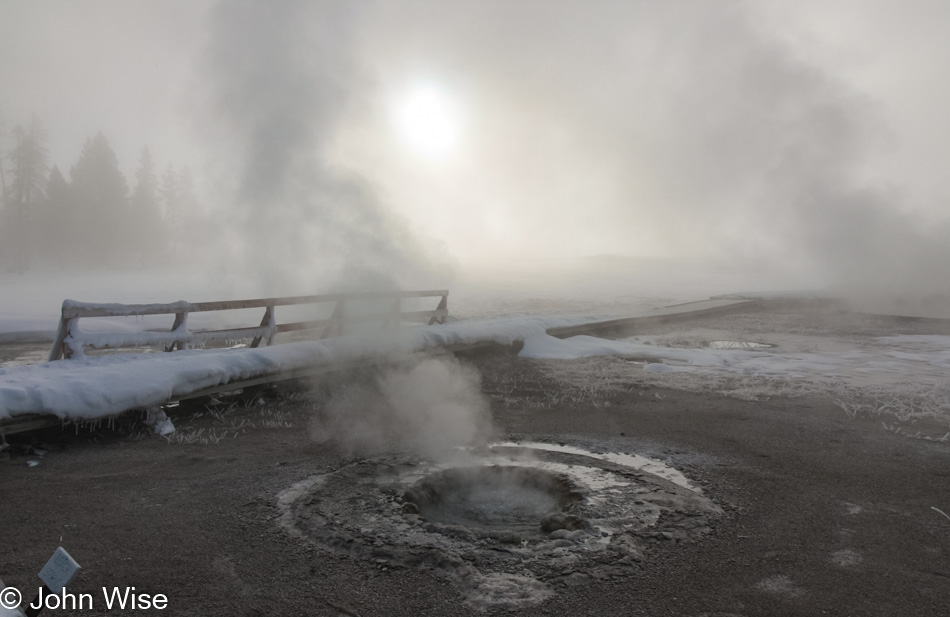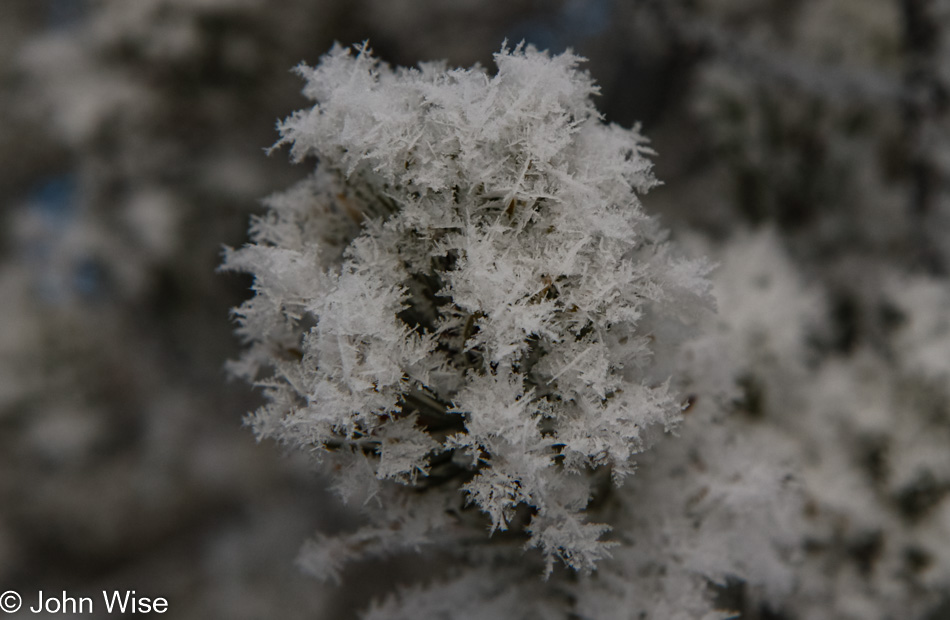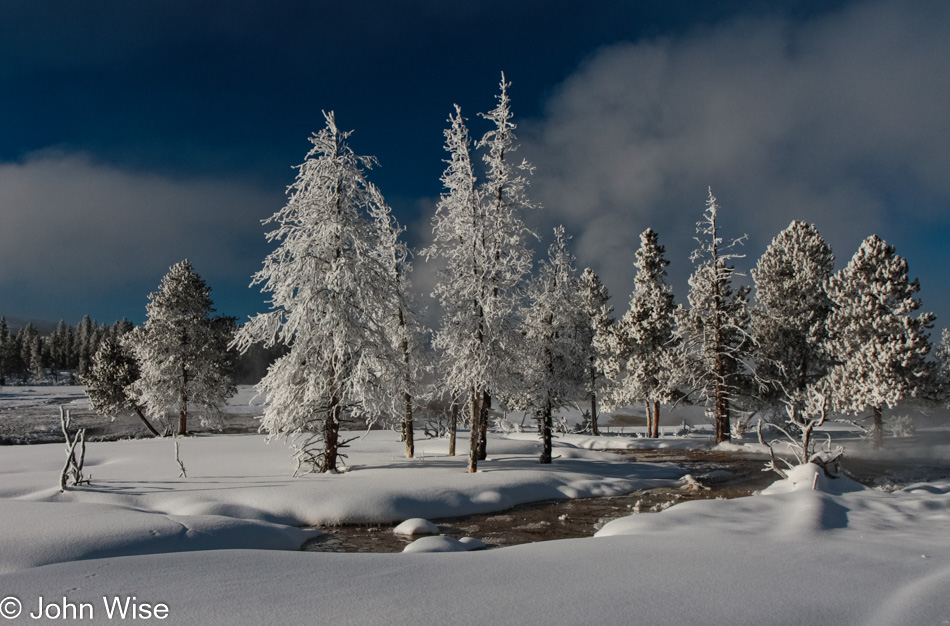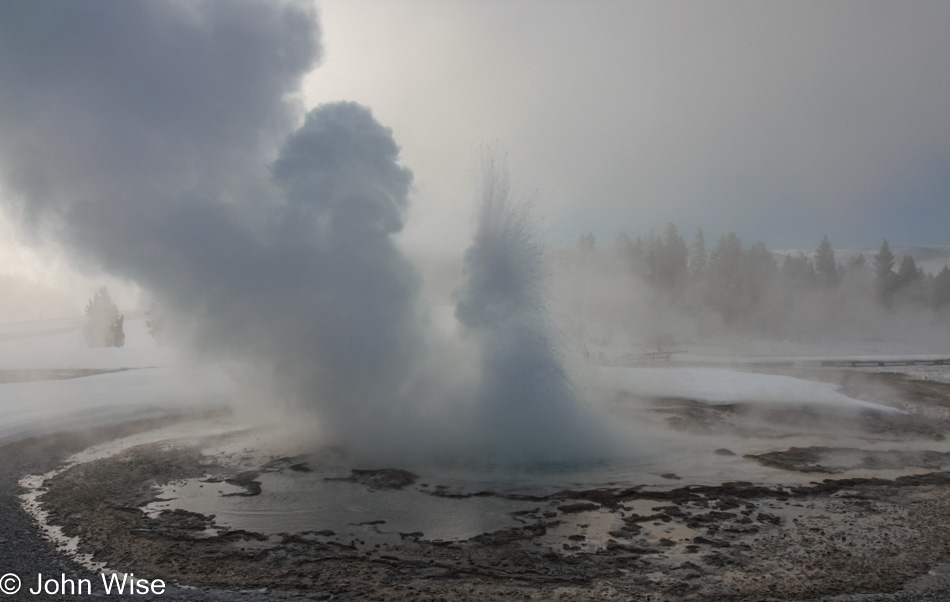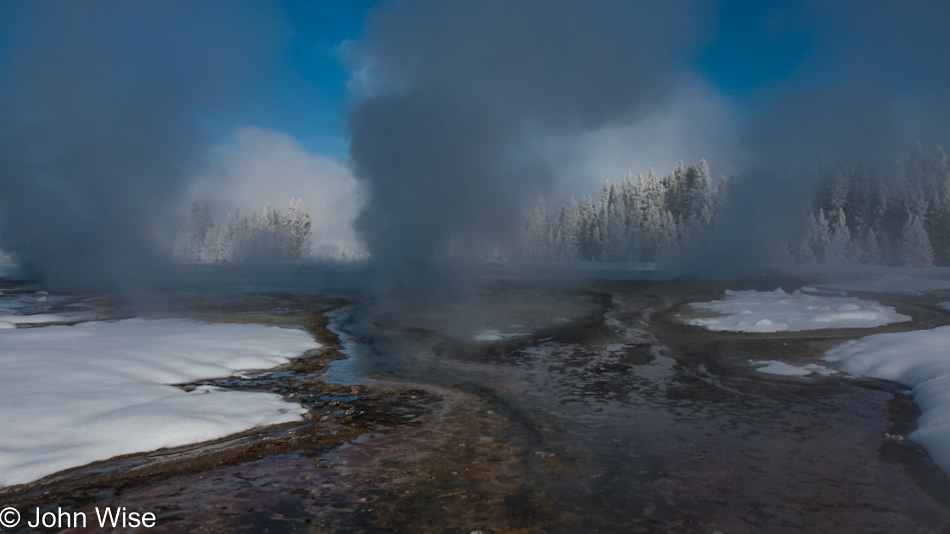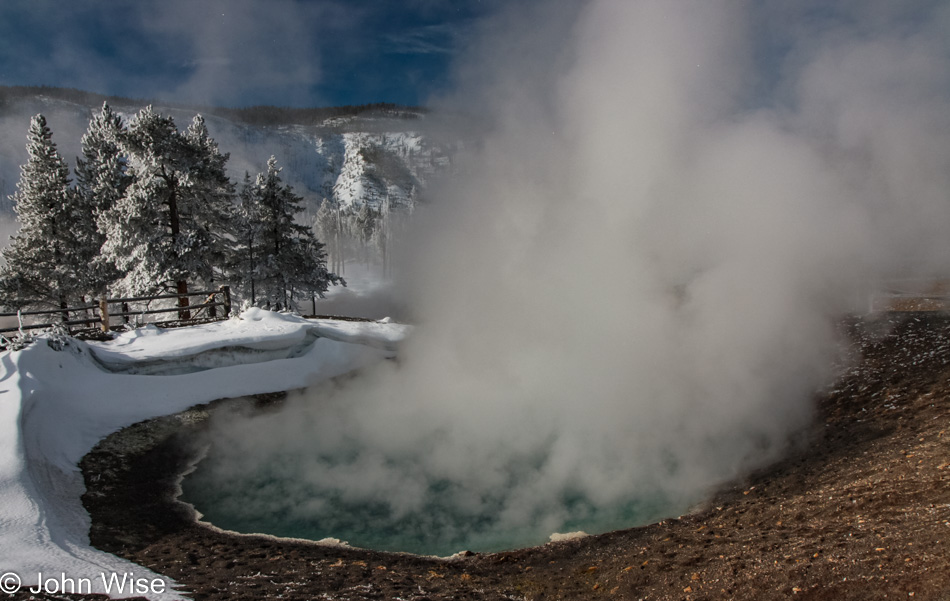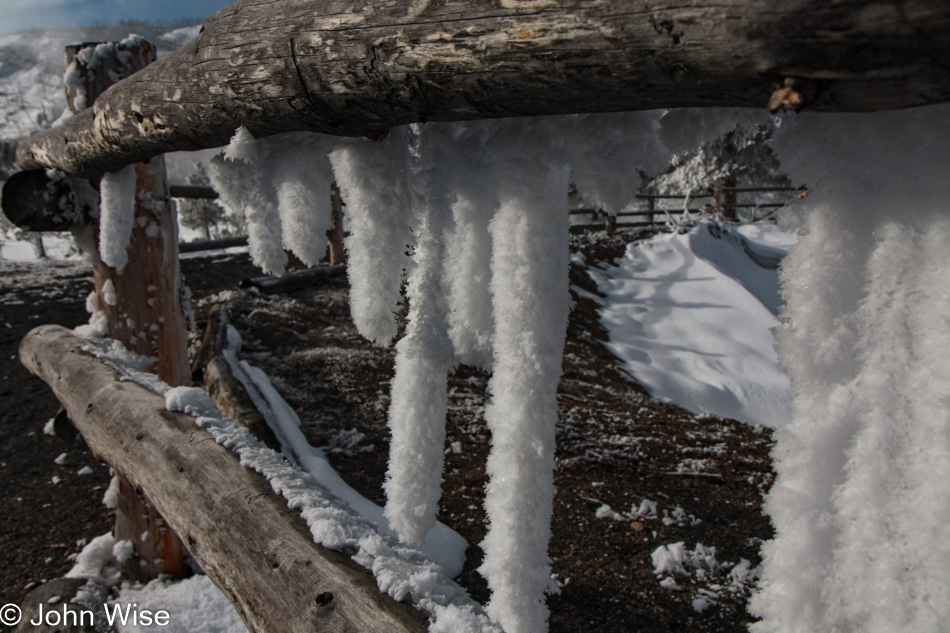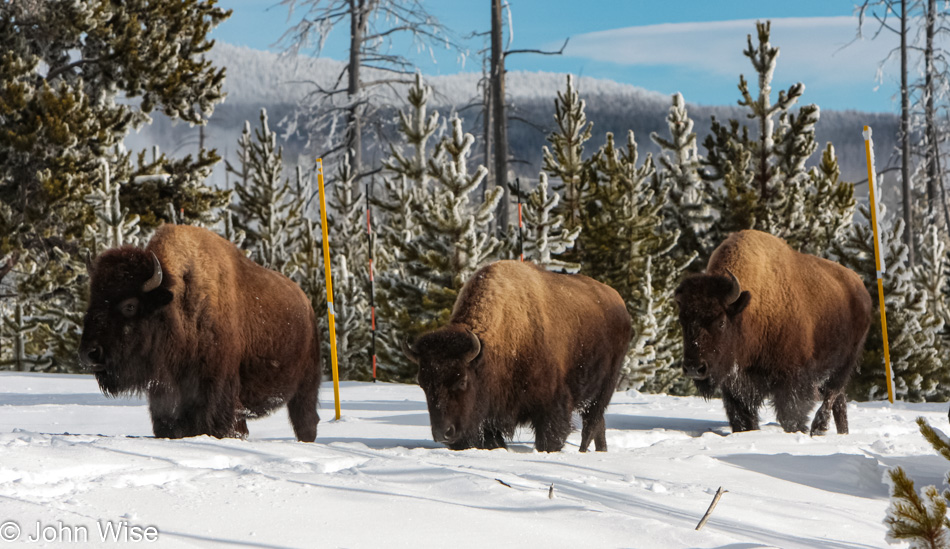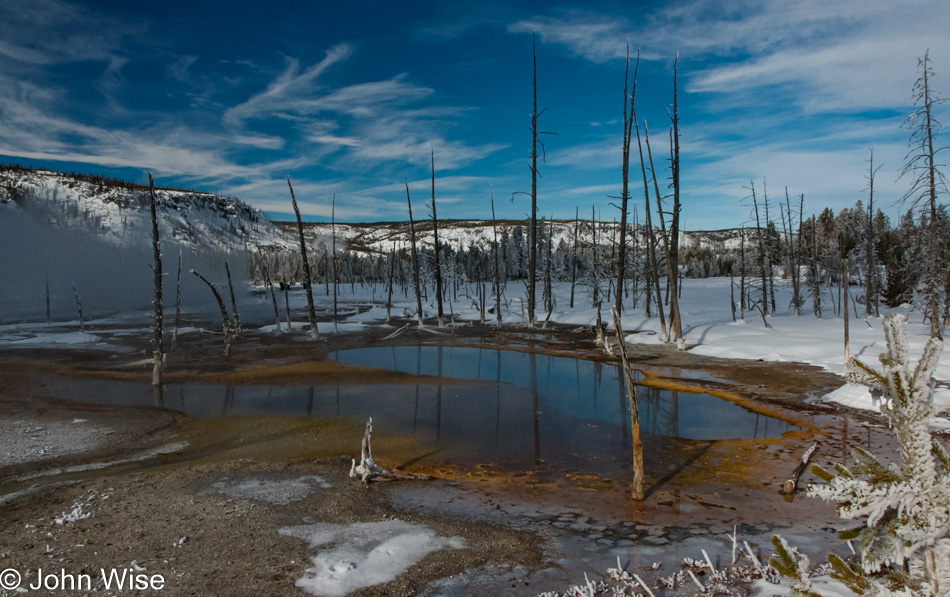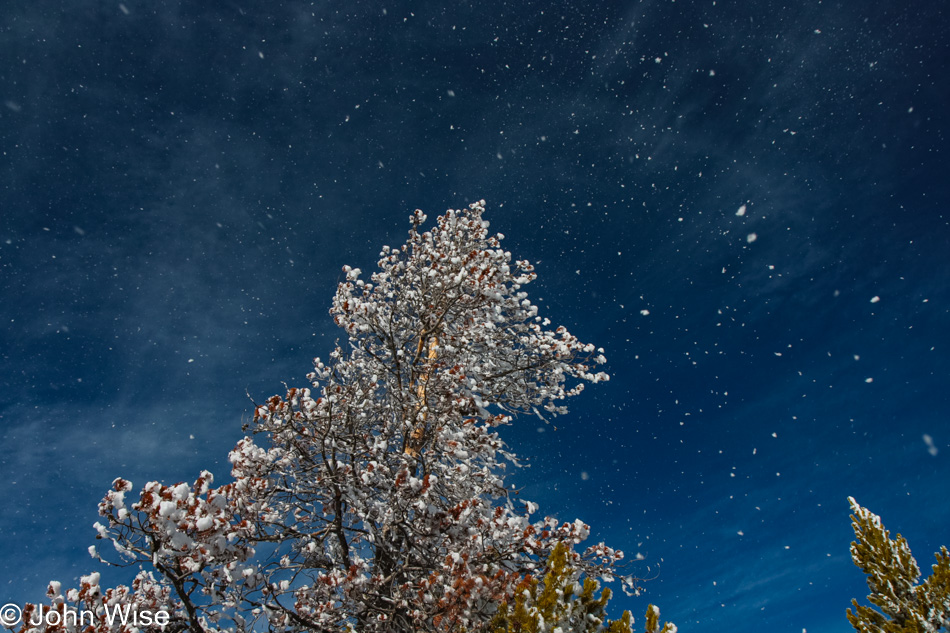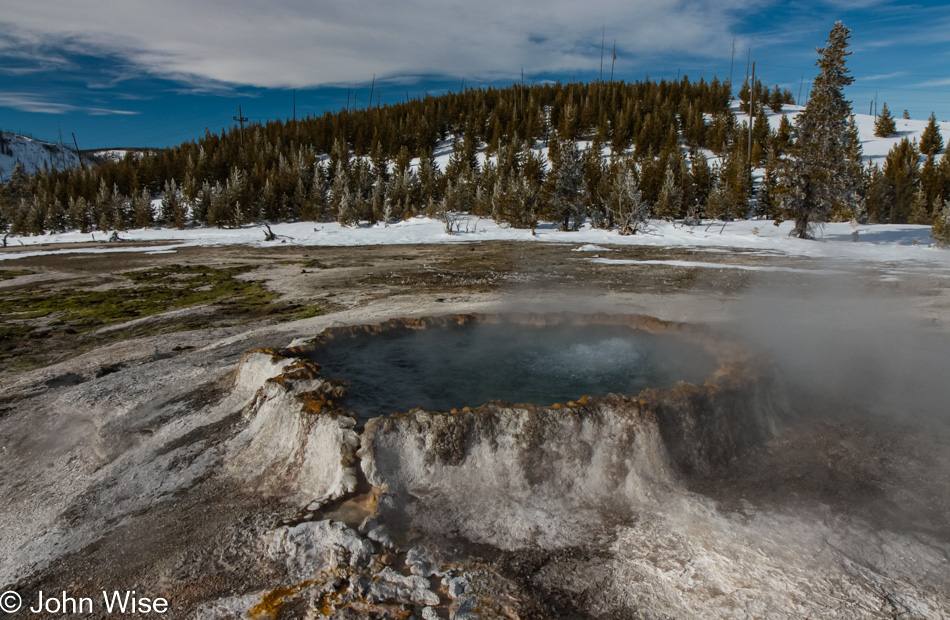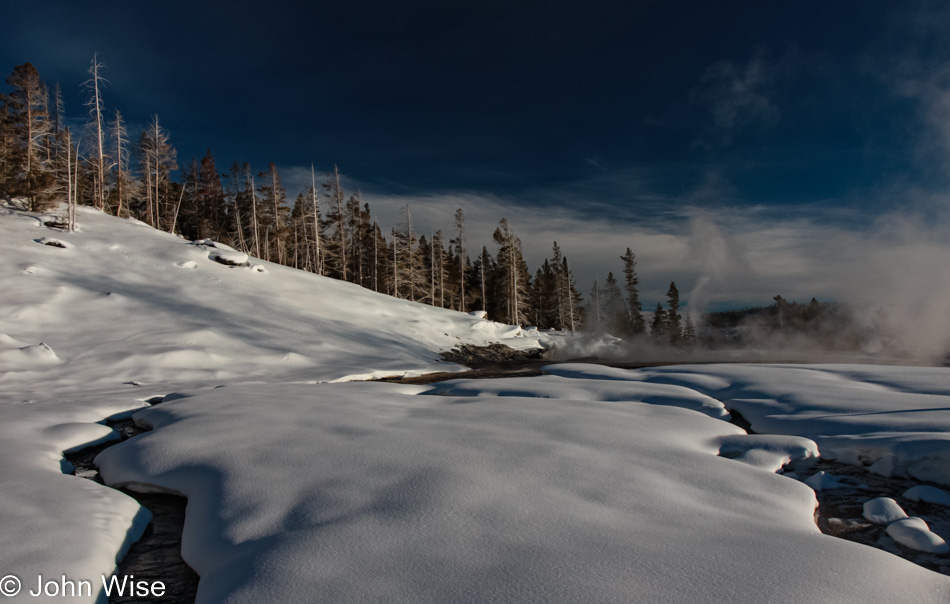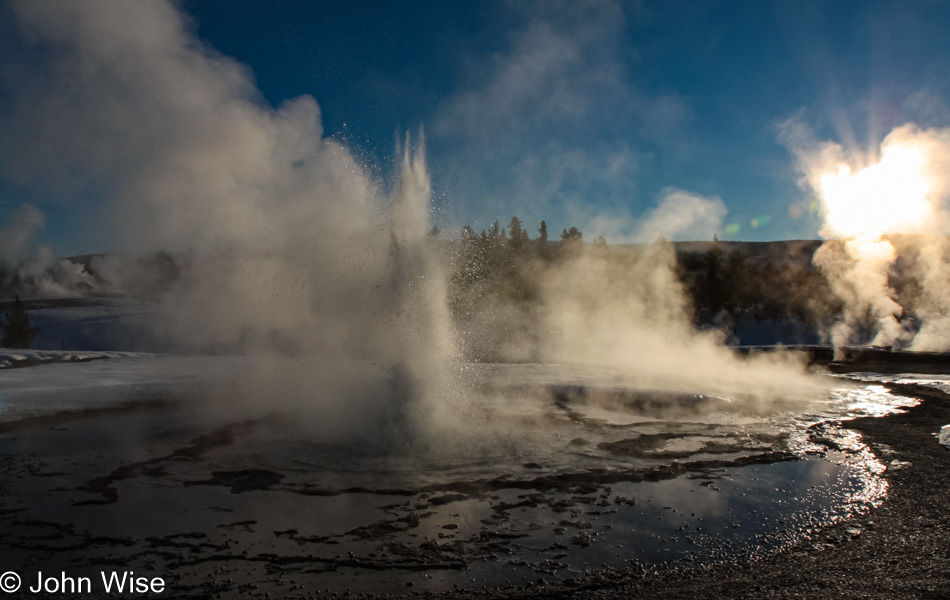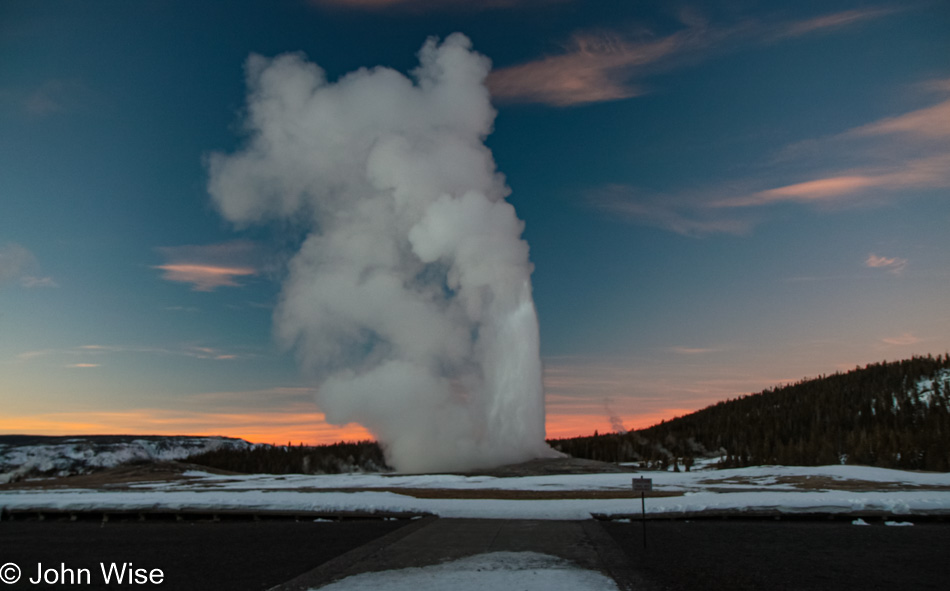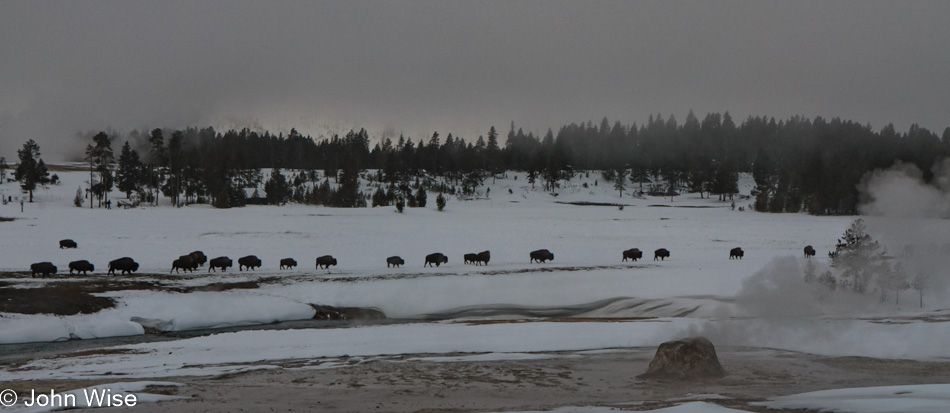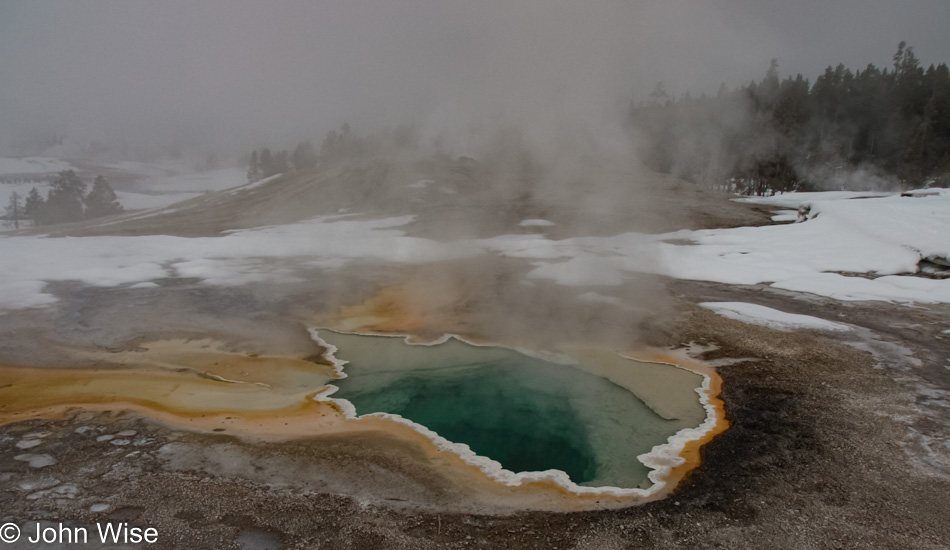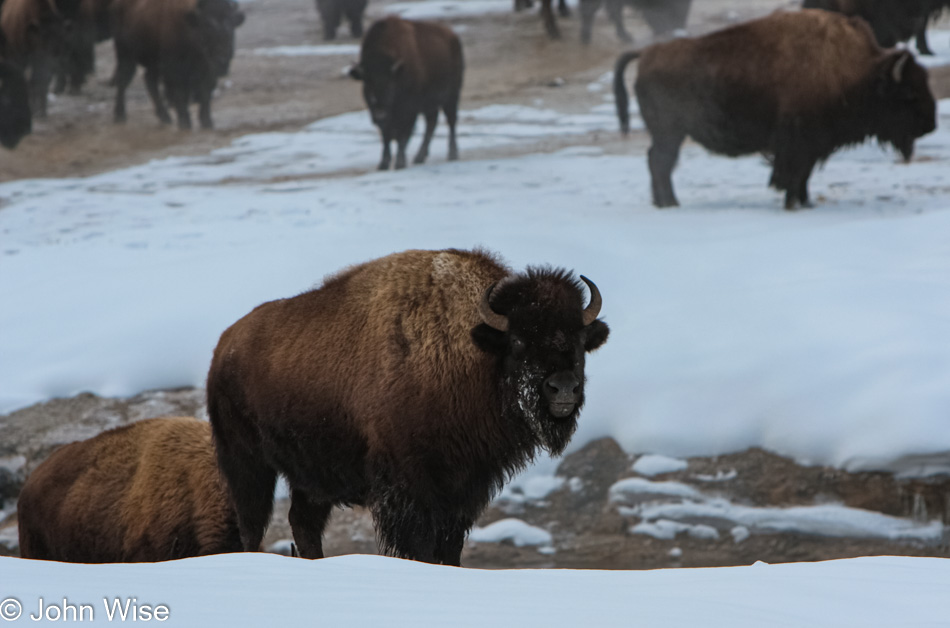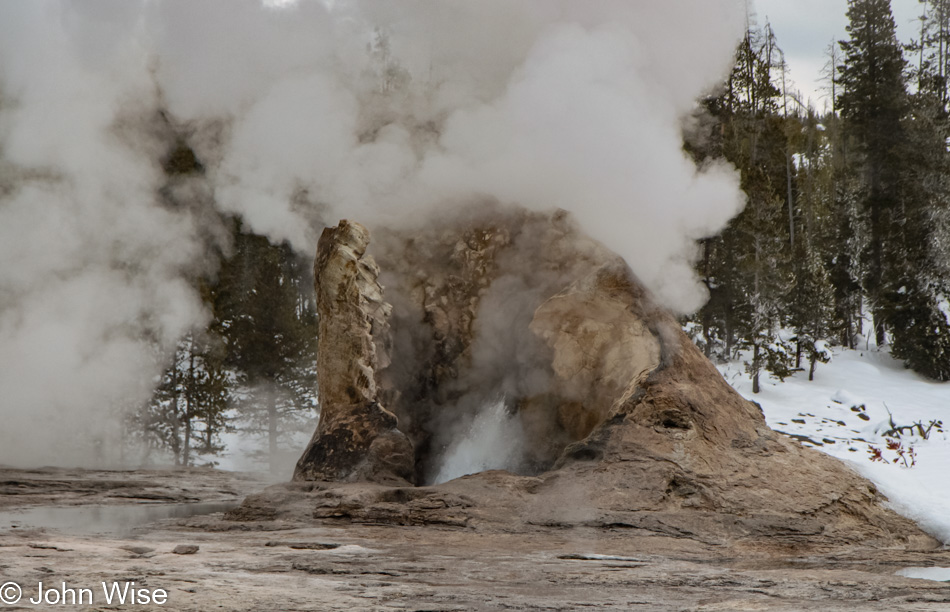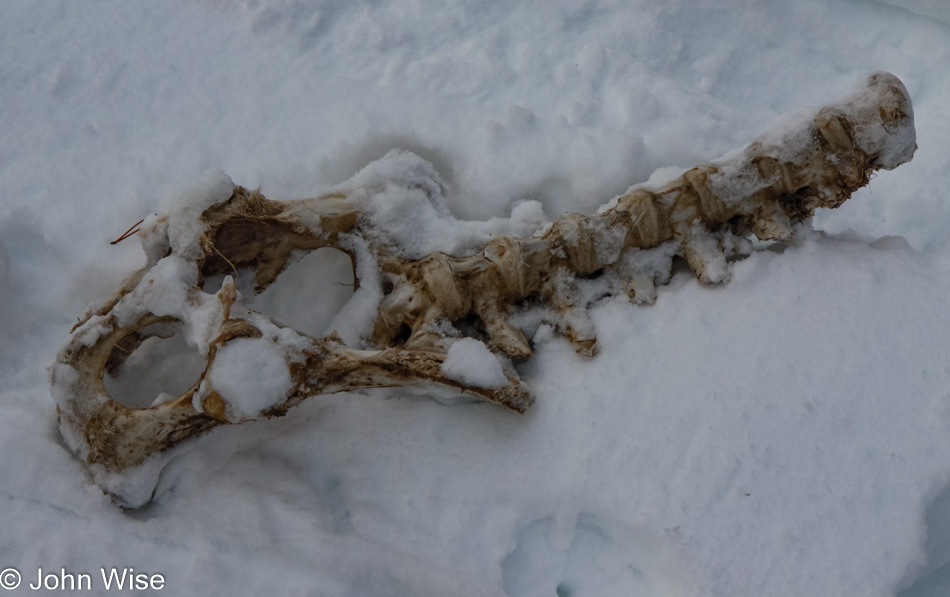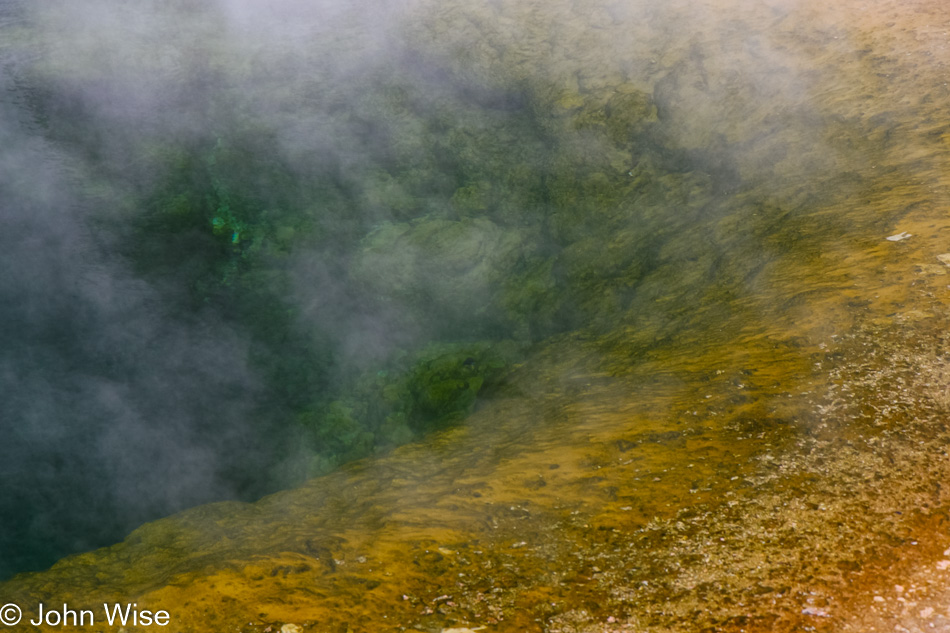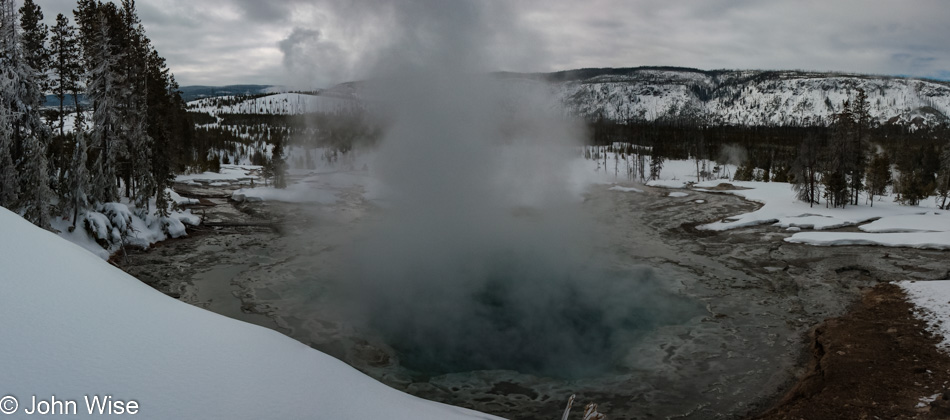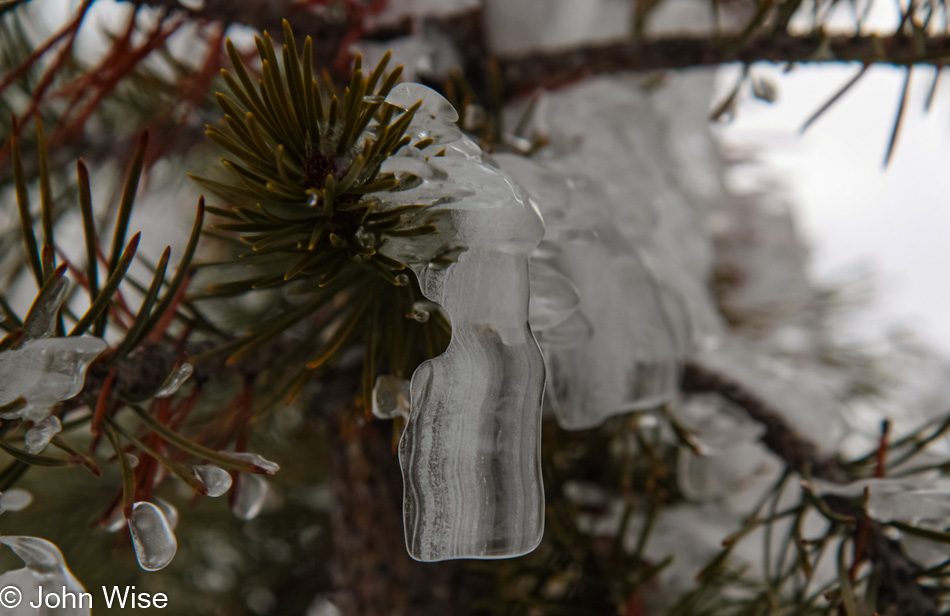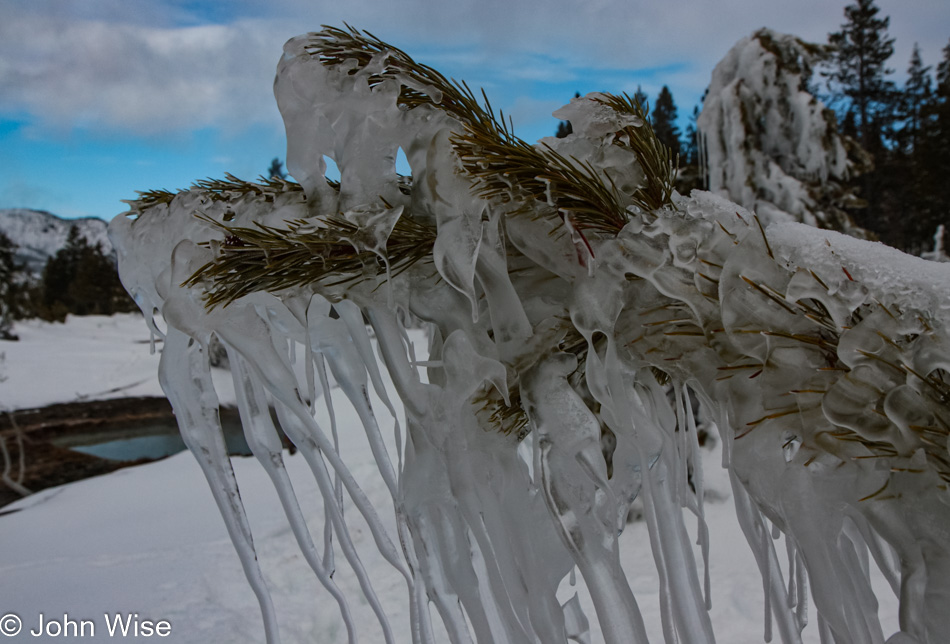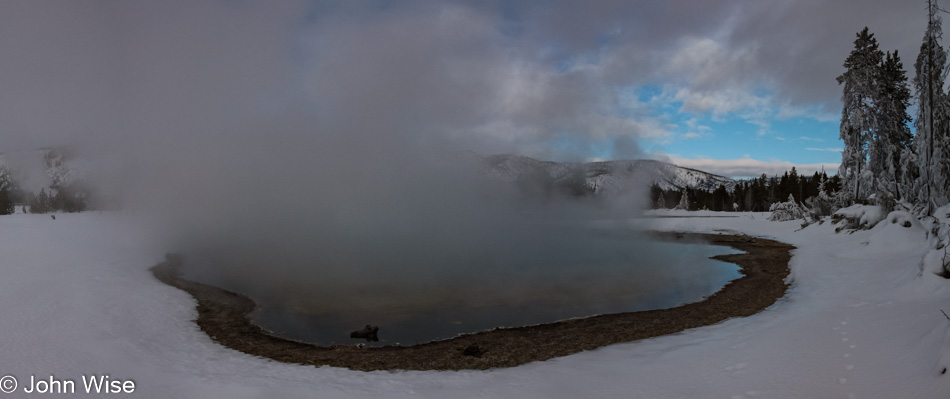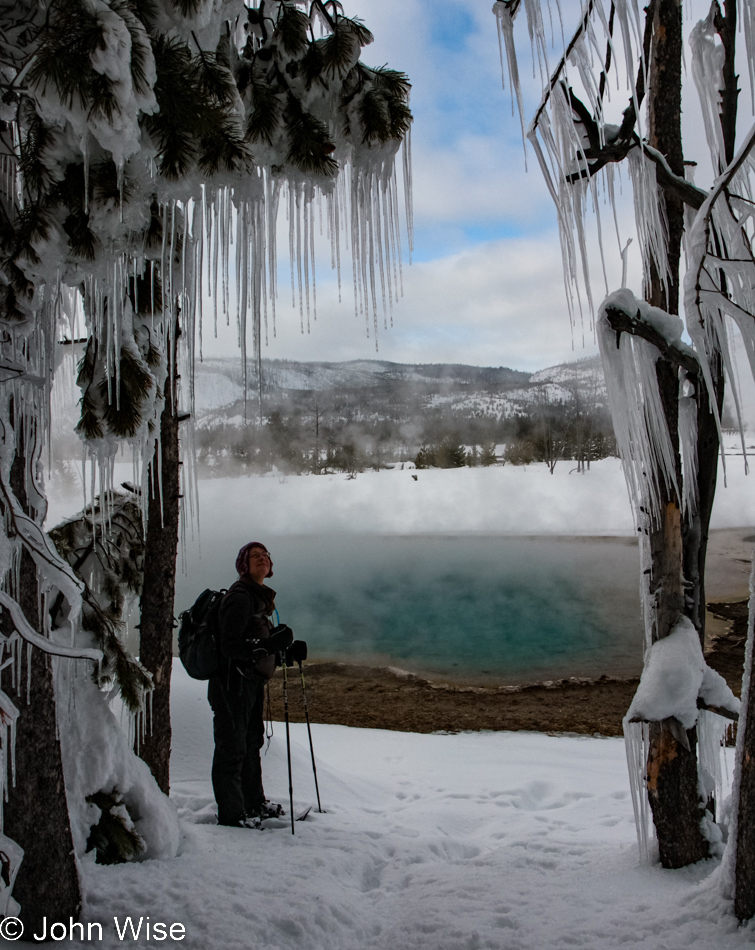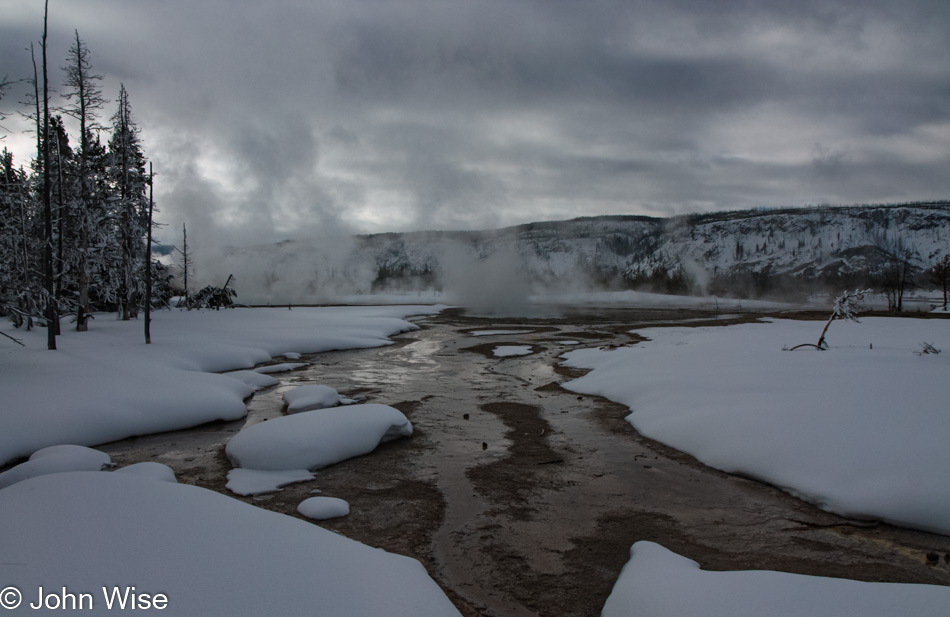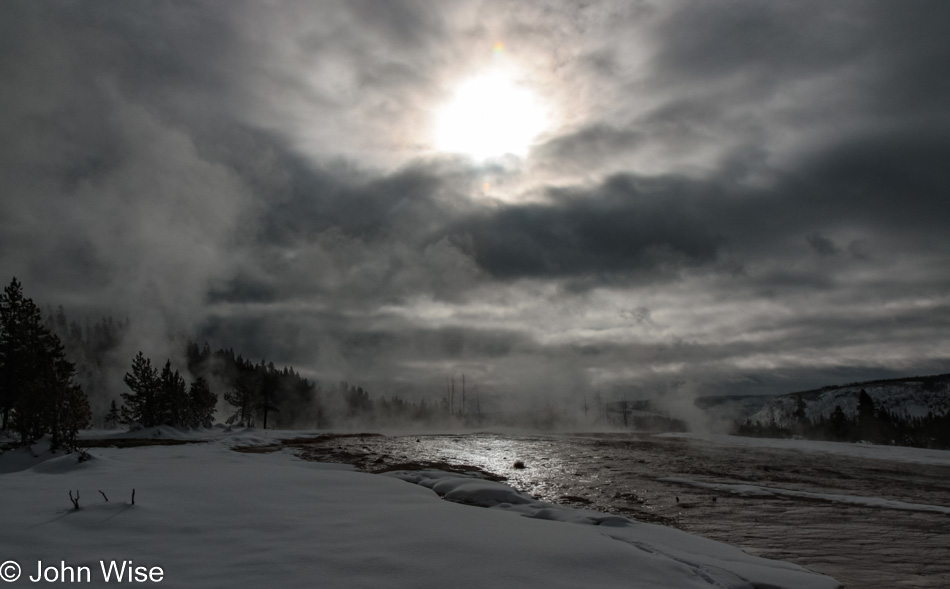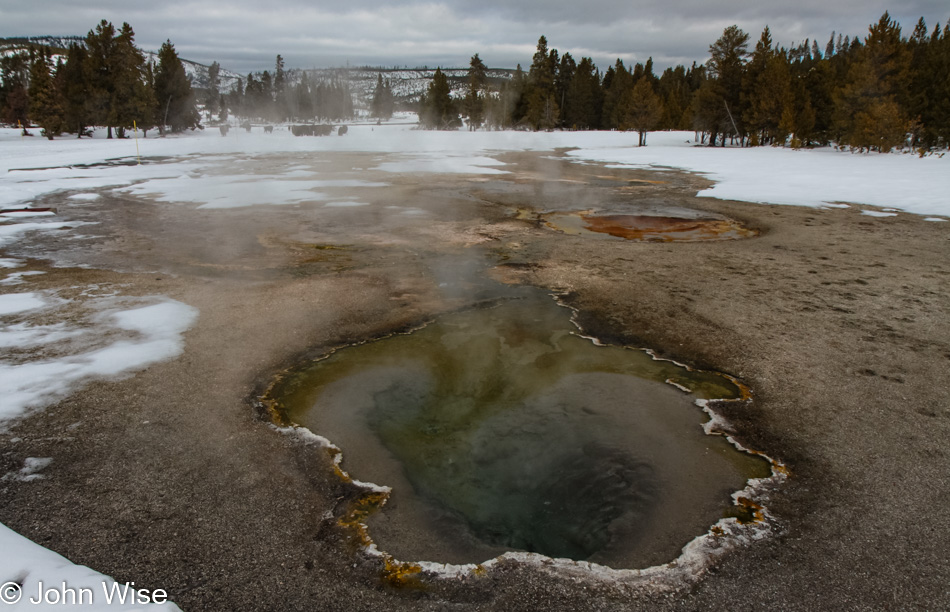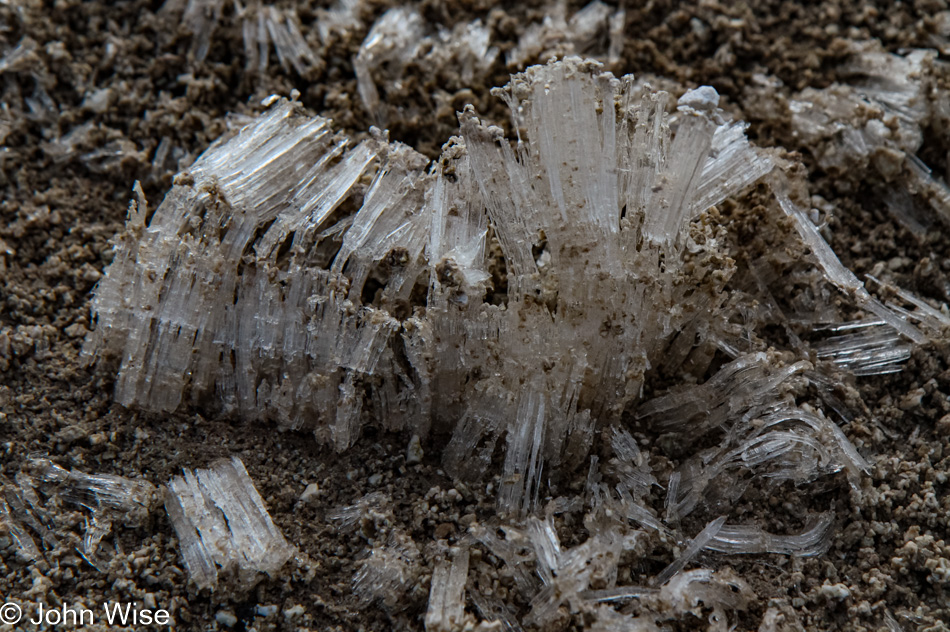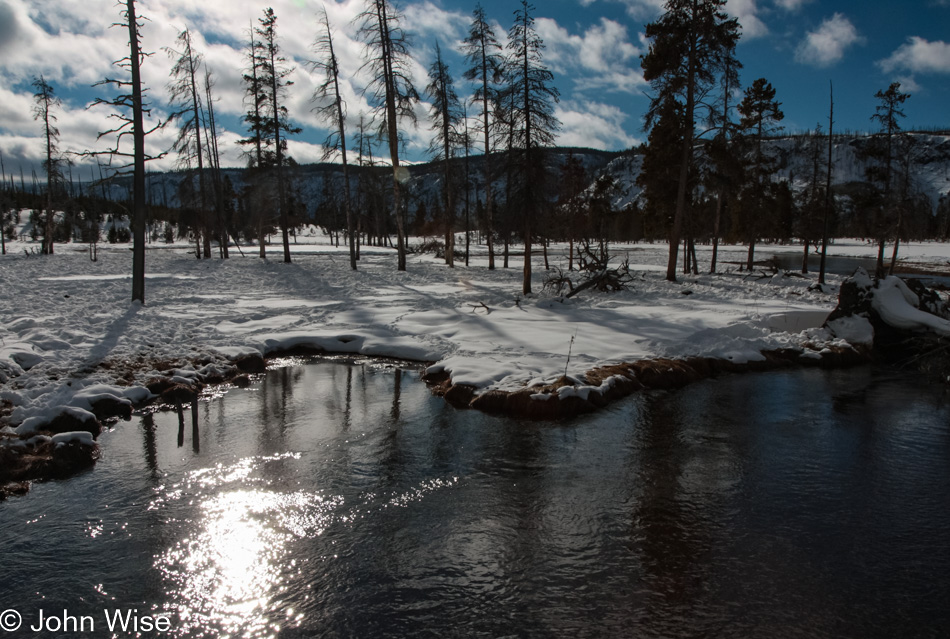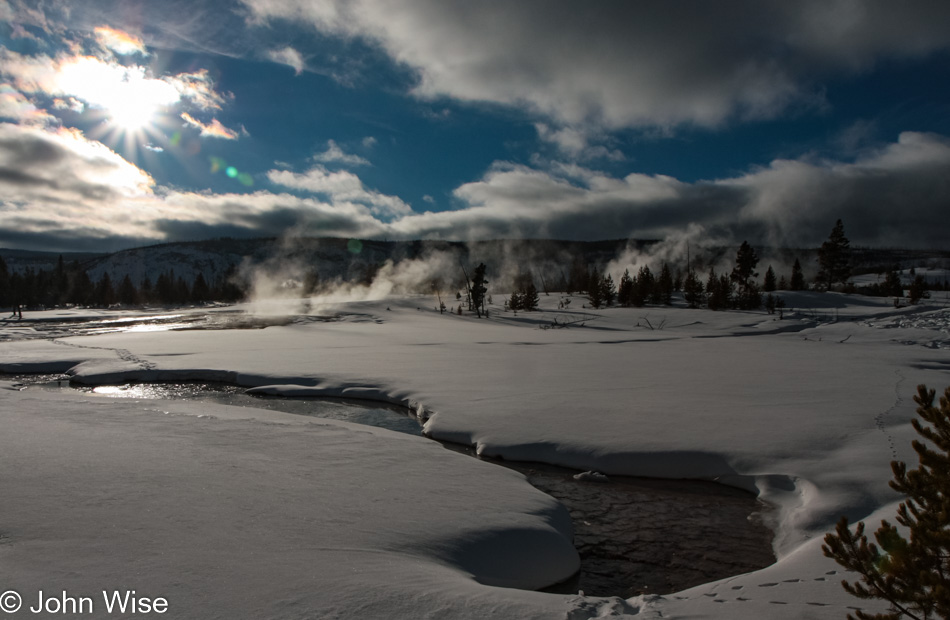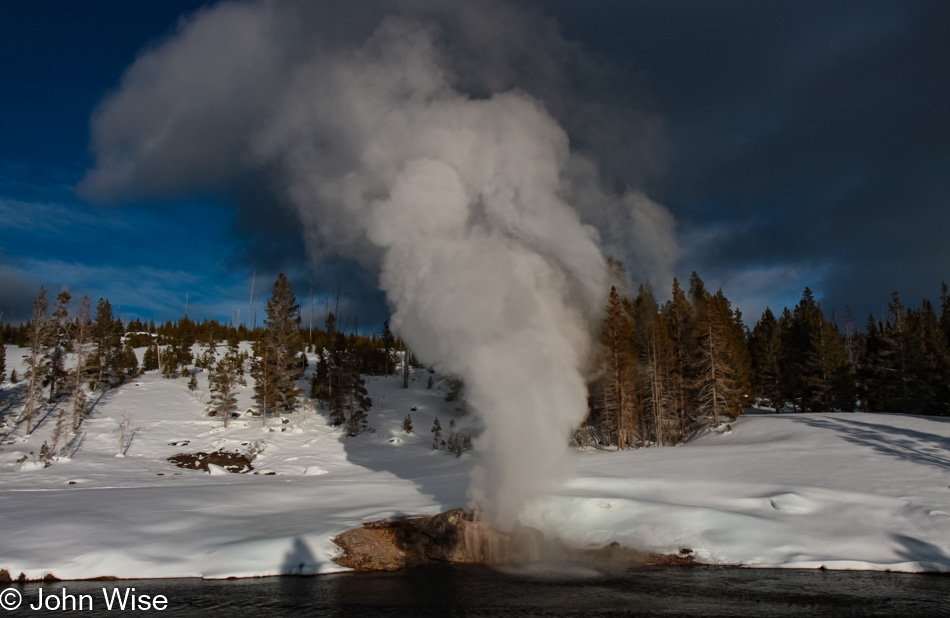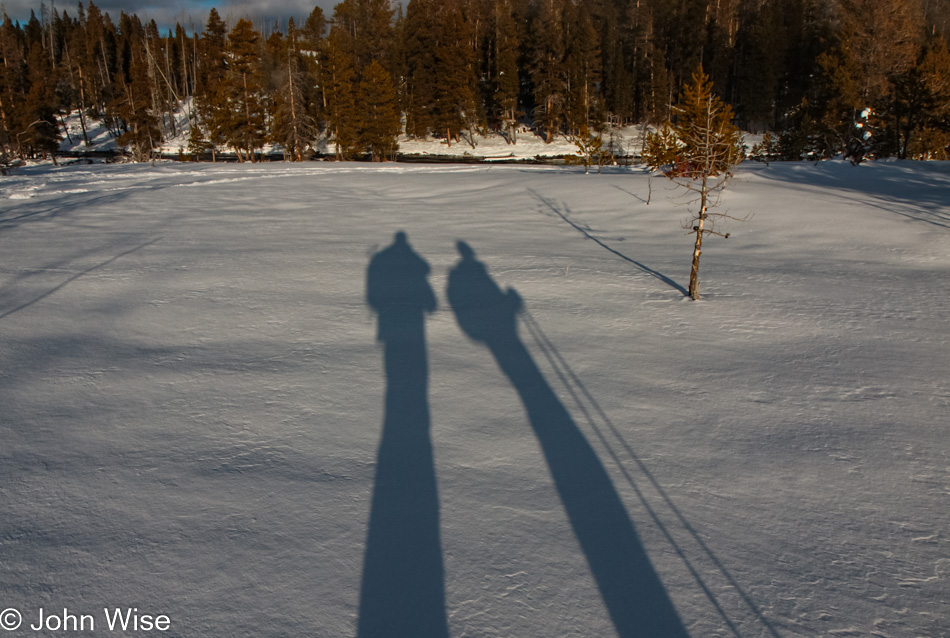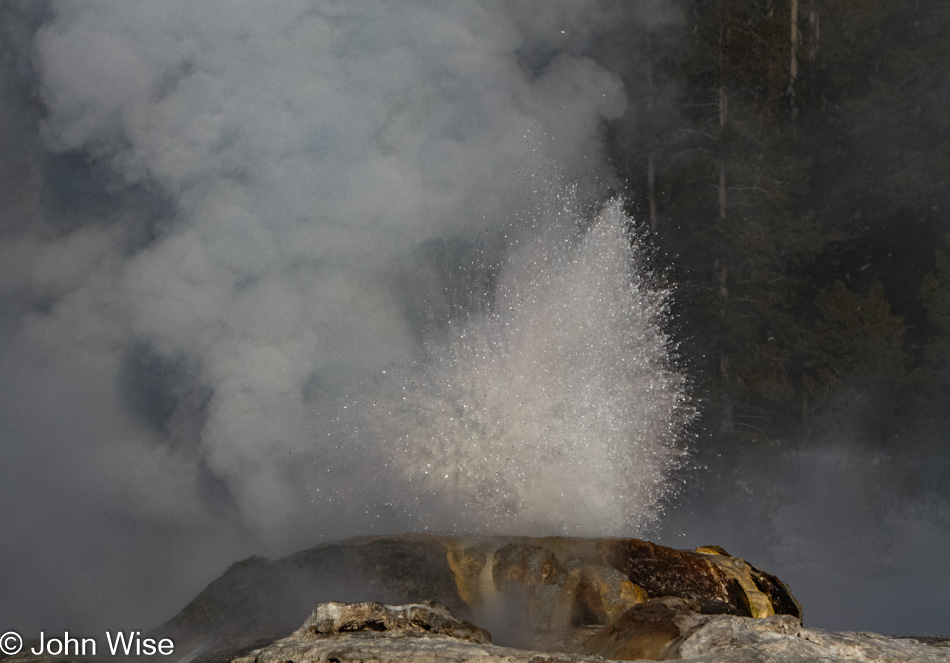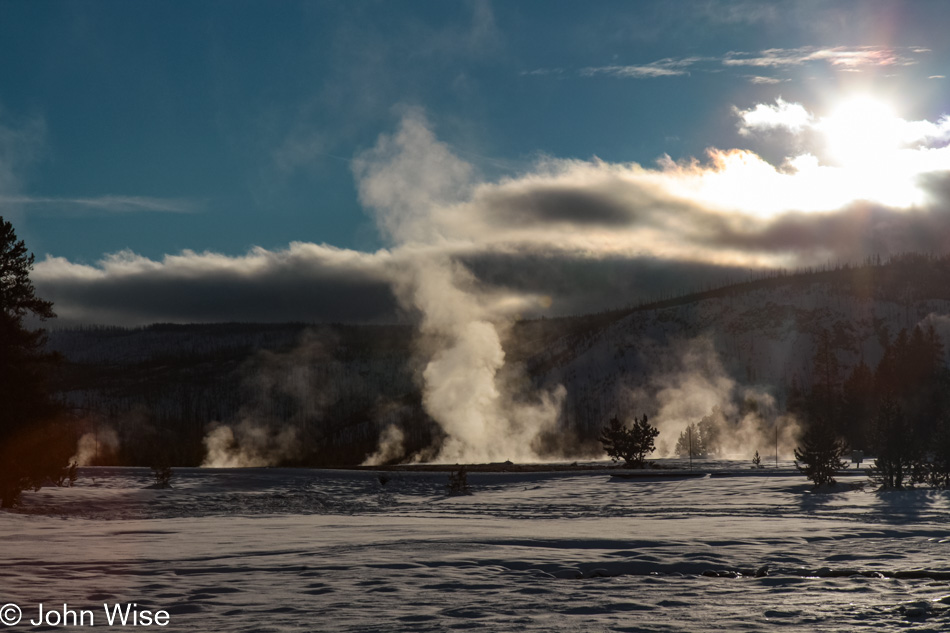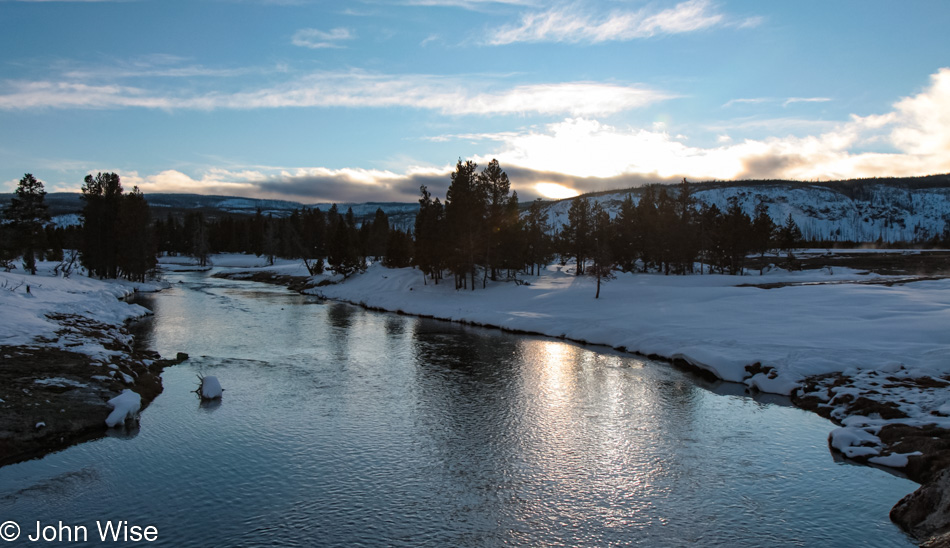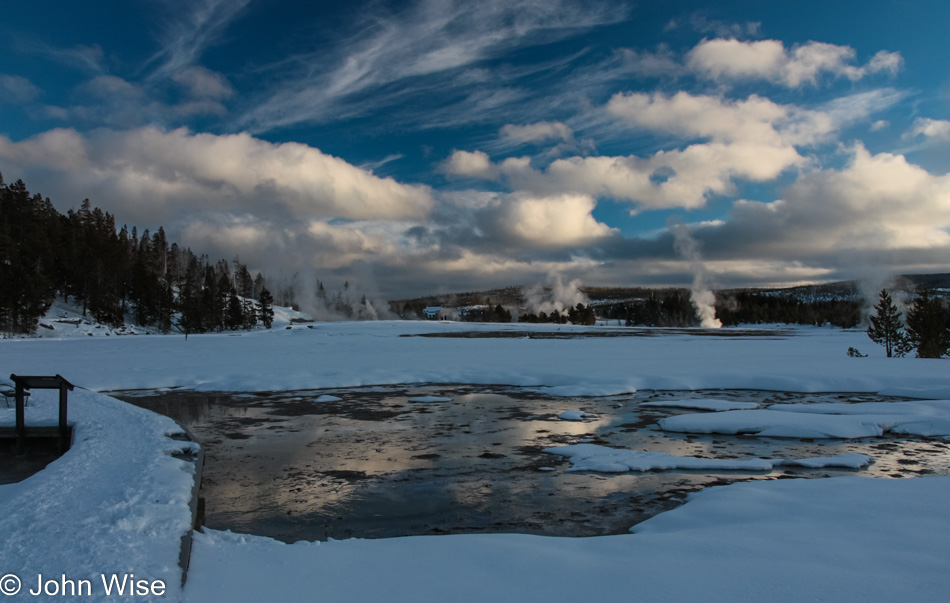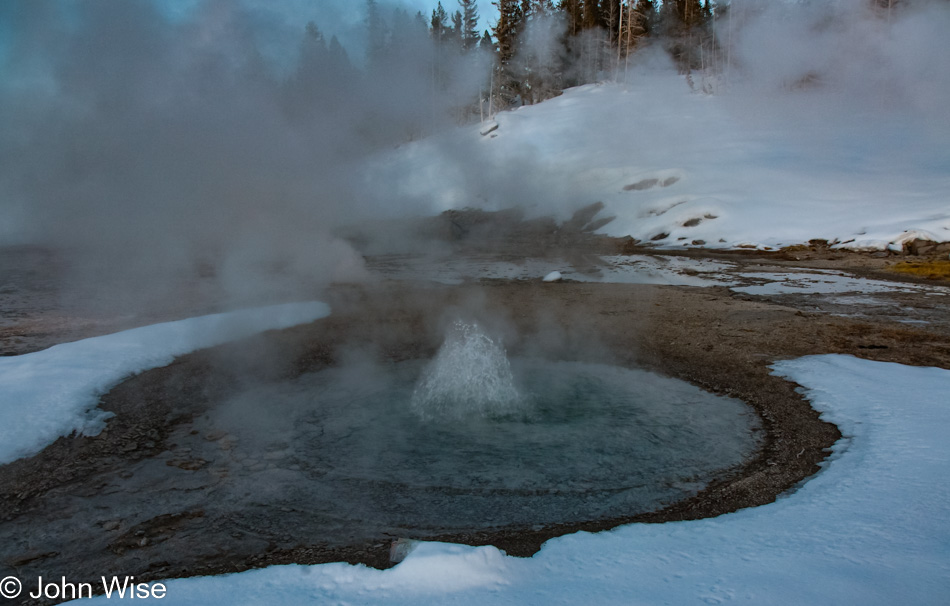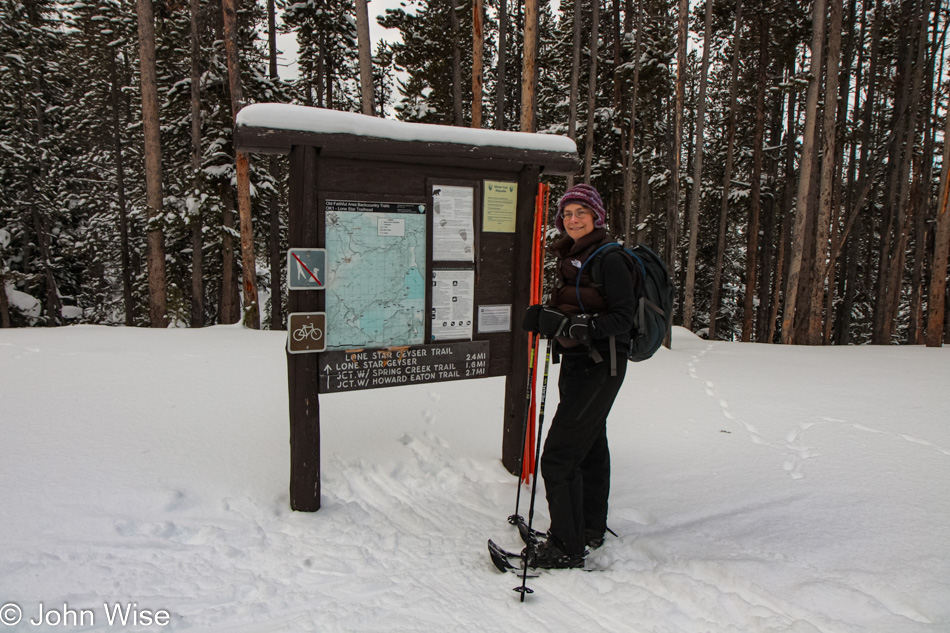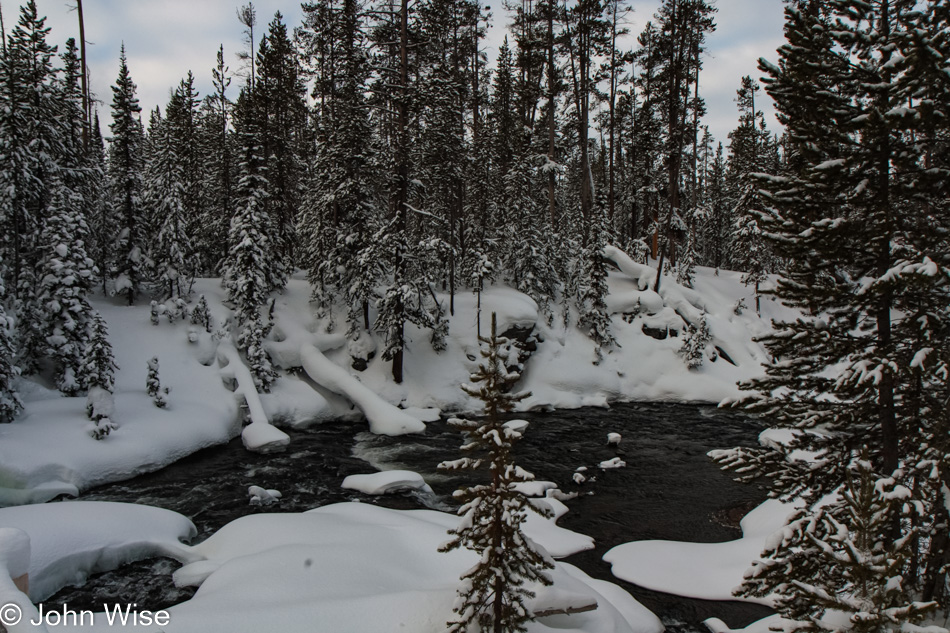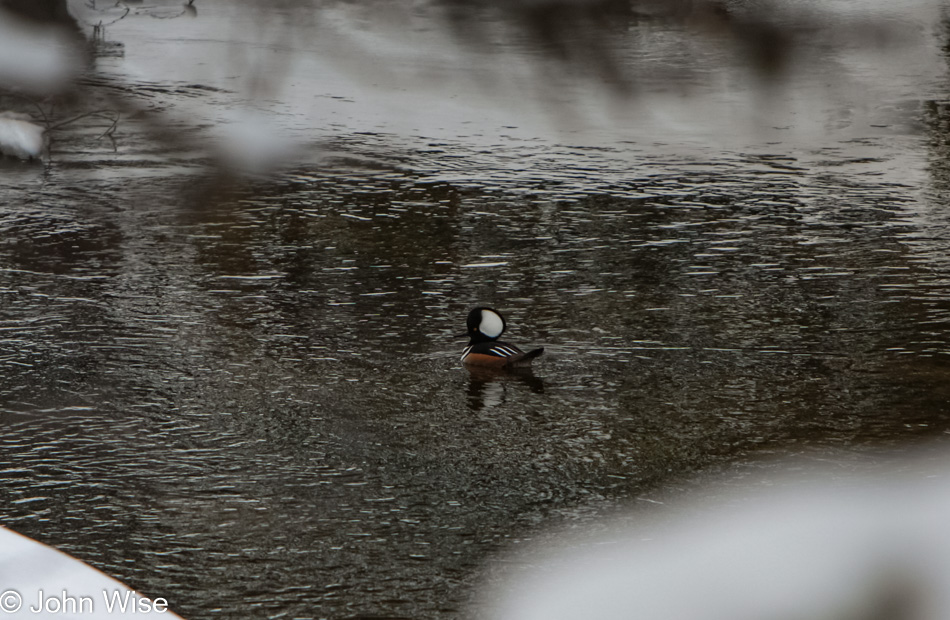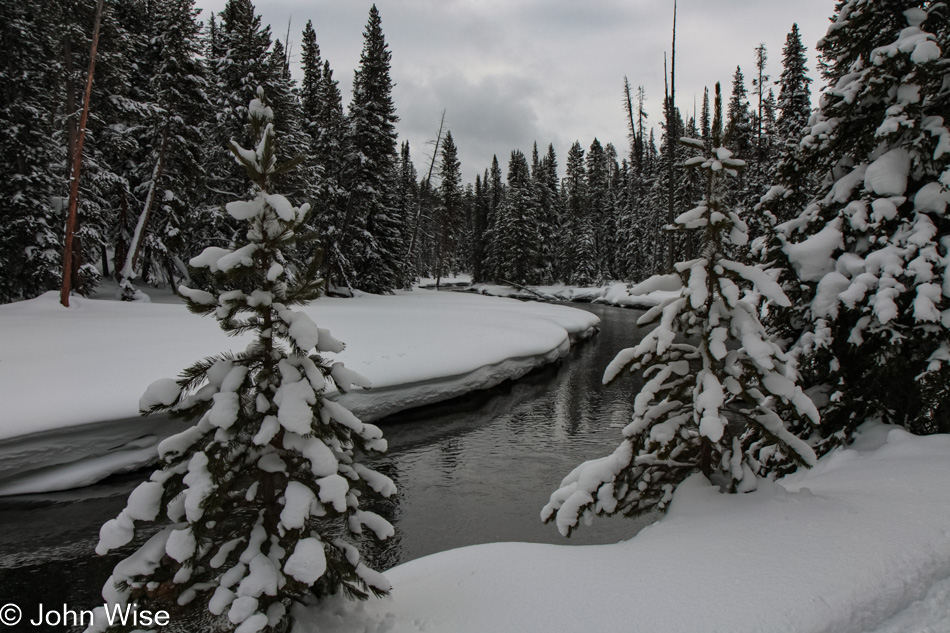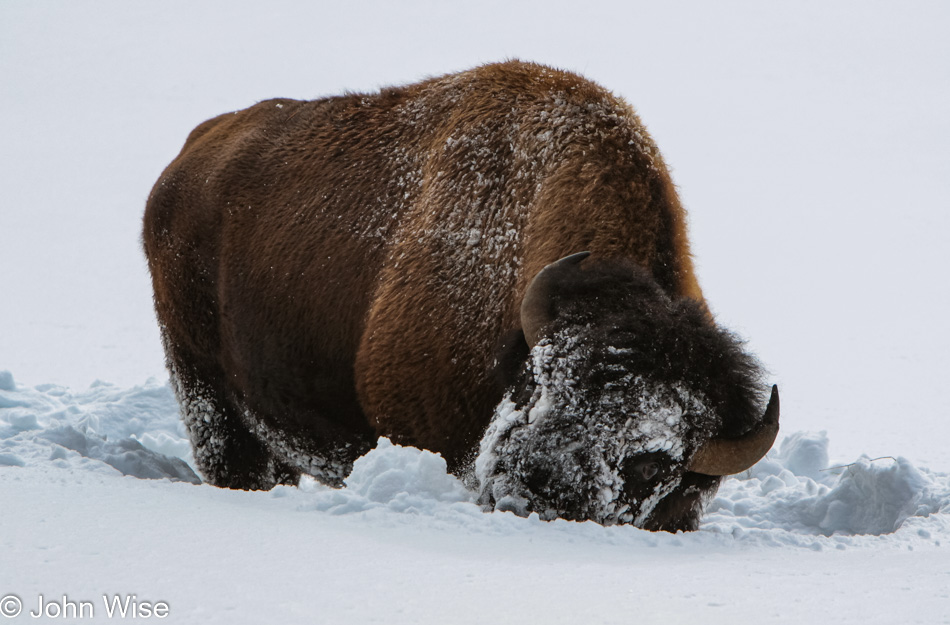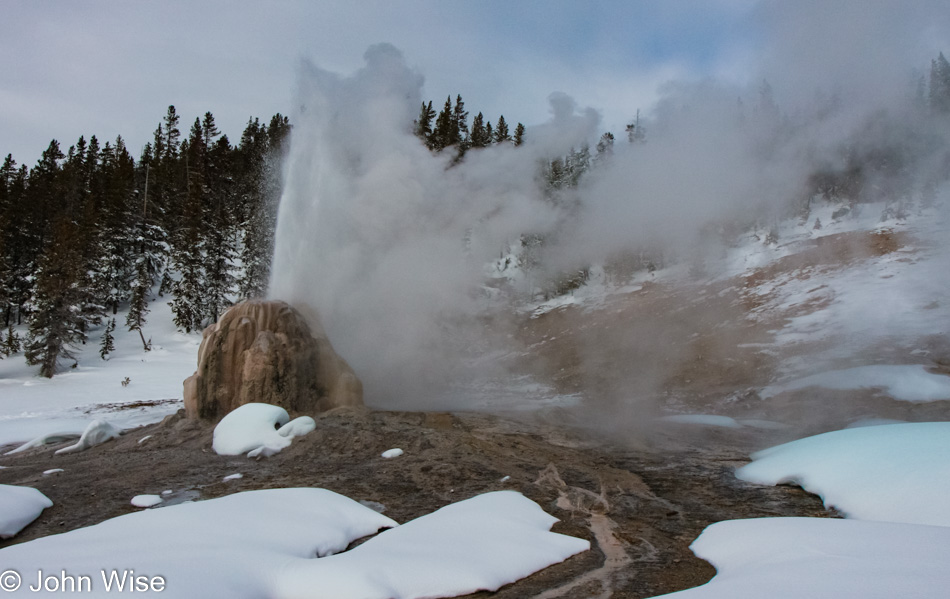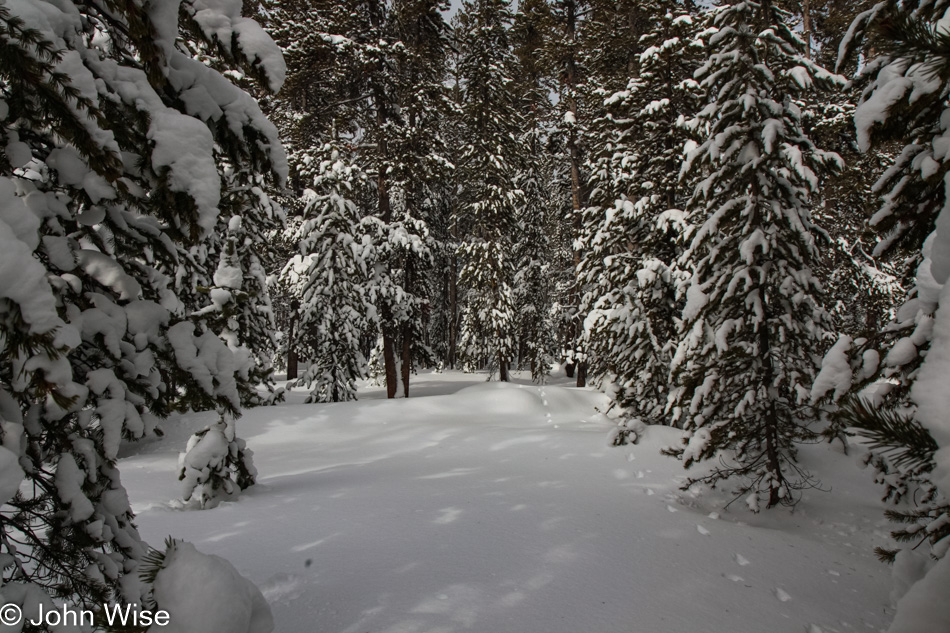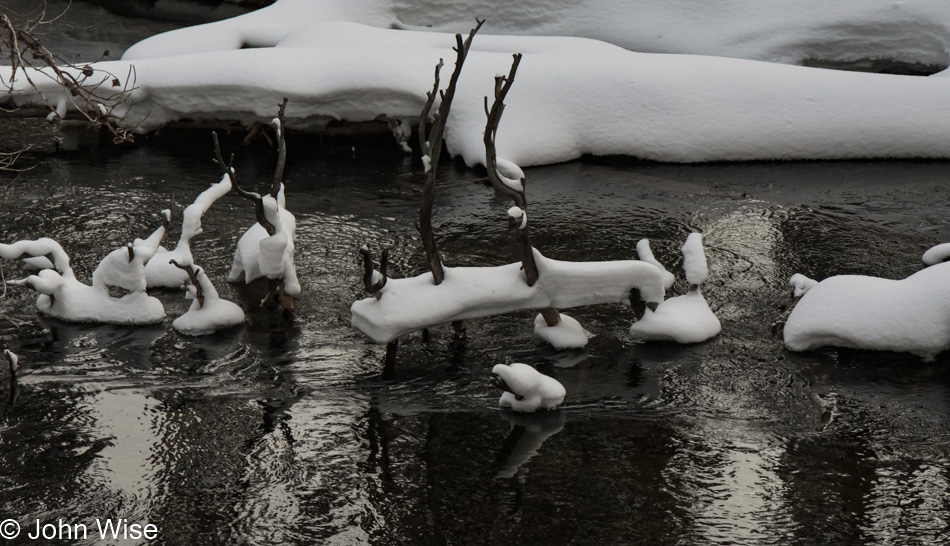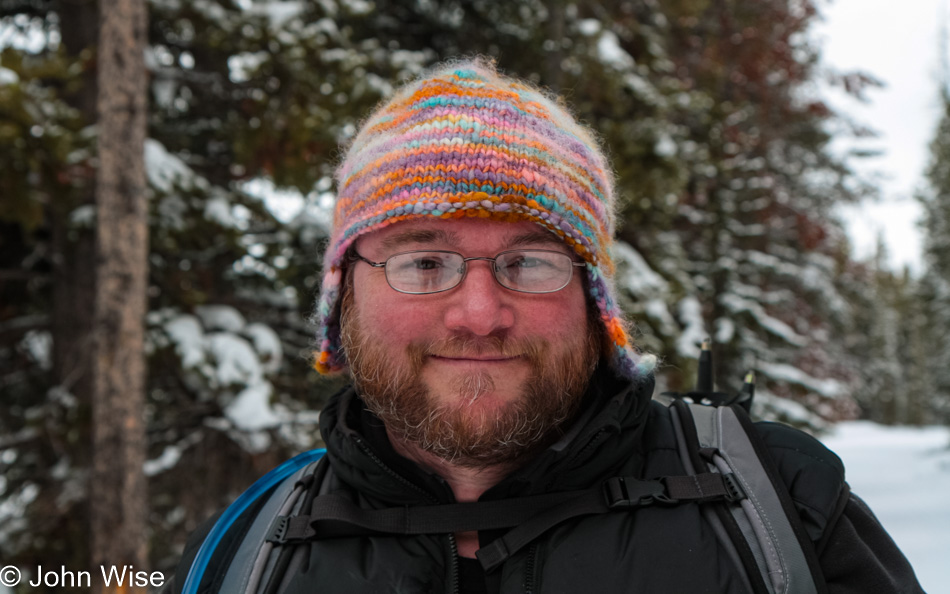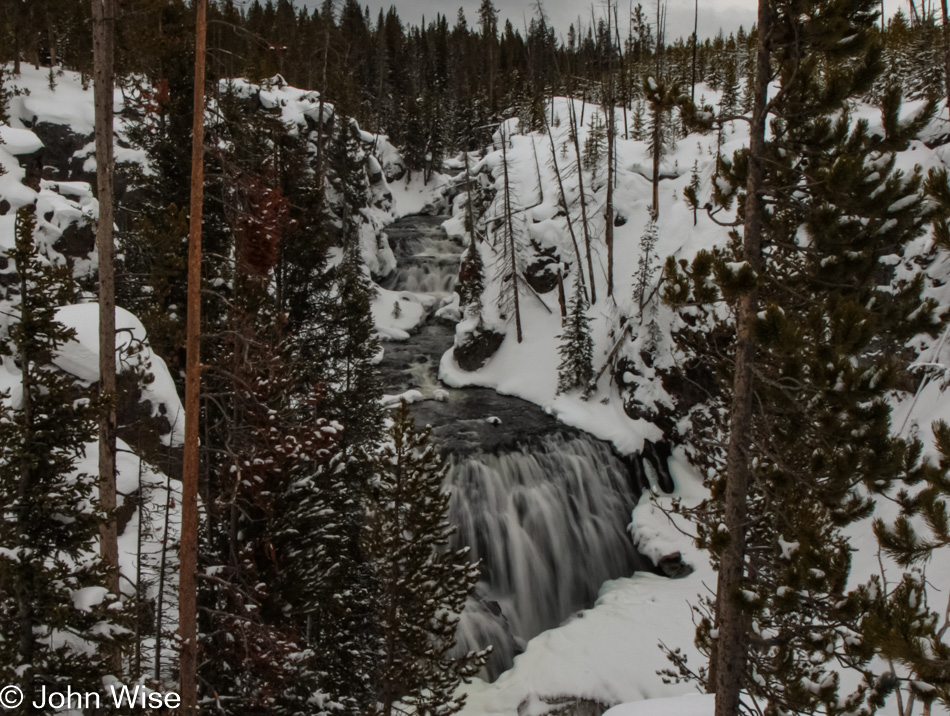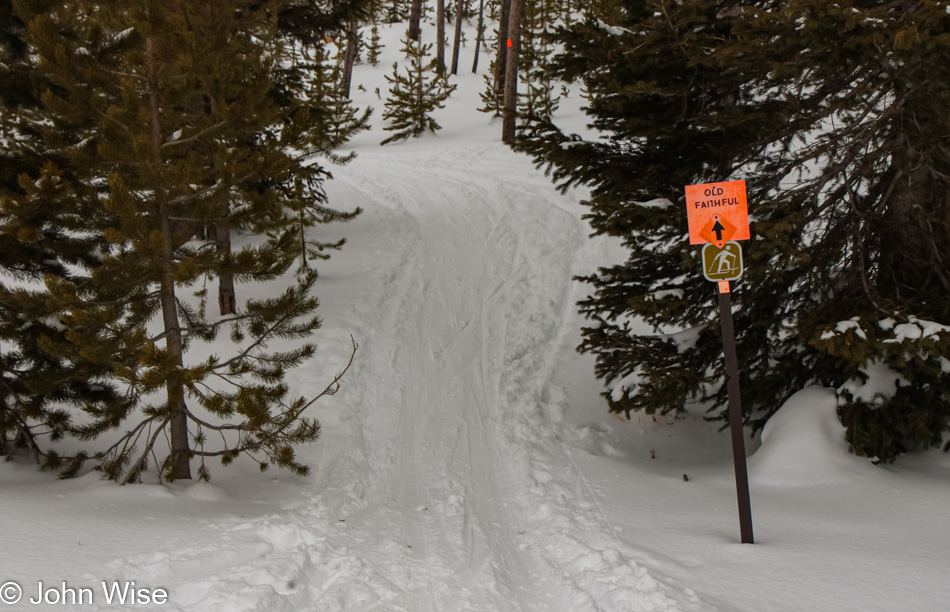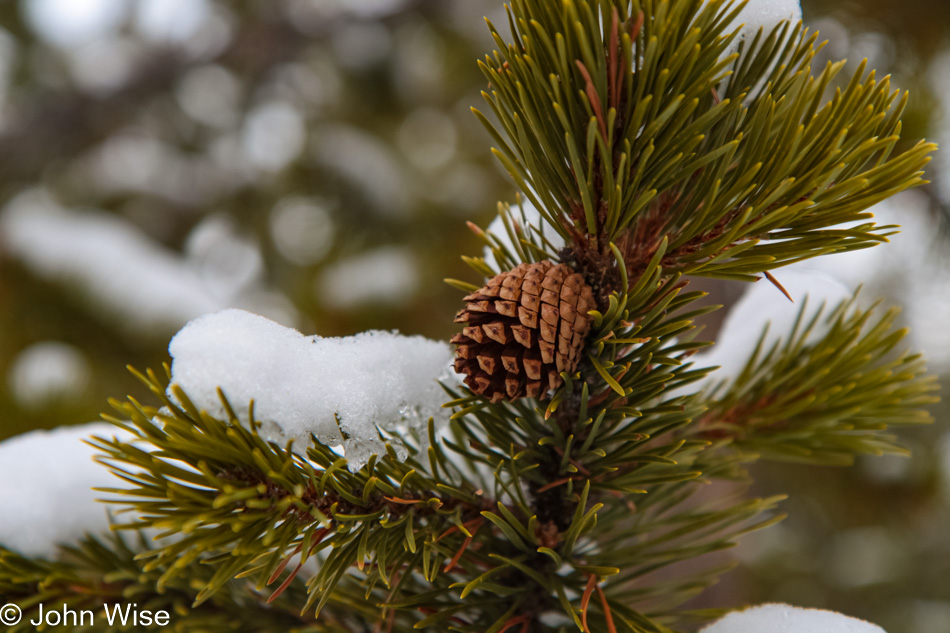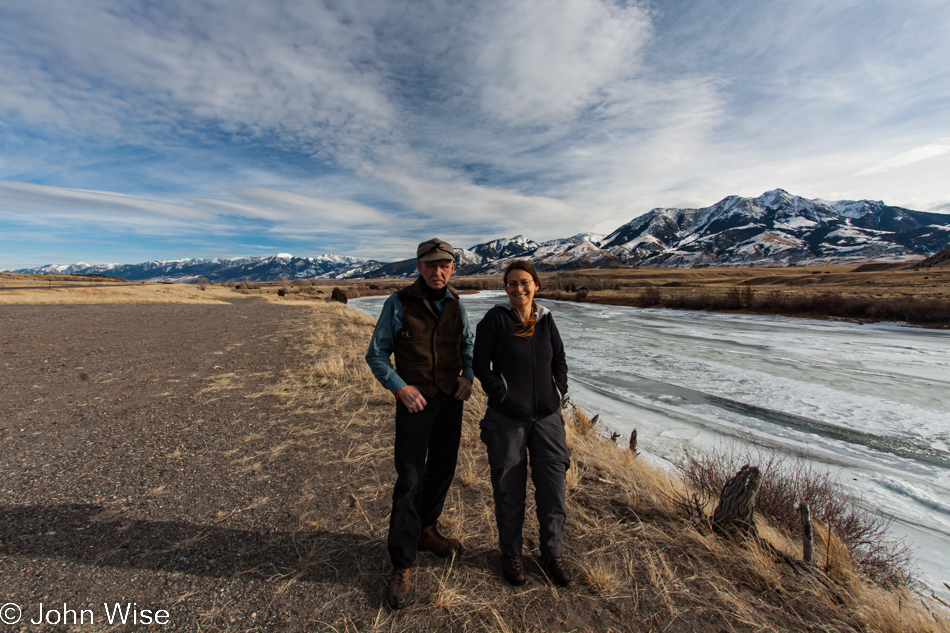
A change of approach was in order; the idea was to start packing three days before departing for our winter vacation instead of the more typical for me – last minute. When there is nothing to do on the day before heading to the airport, I find it easier to go to sleep early without the usual anxiety rush that makes for fitful sleep during the few short hours before the alarm snaps our attention back to consciousness at four in the morning. Instead, we head to bed casually, early, and without wondering what we are forgetting.
[The photo above is of H.A. Moore of Yellowstone Rough Riders and Caroline]
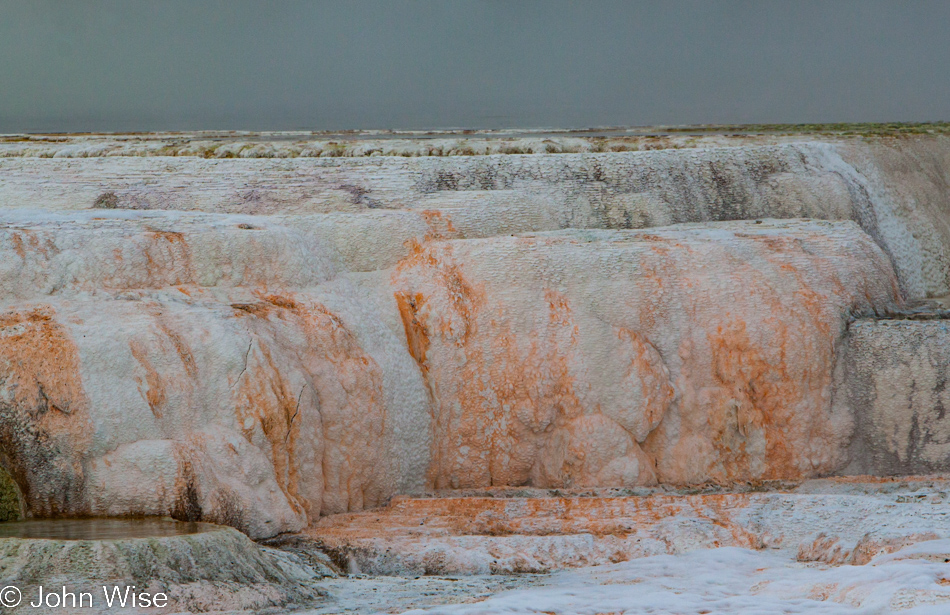
Cloud cover obscured much of the flight north right up until we were maybe seventy miles from Salt Lake City. As the skies cleared, the snow cover and breadth of winter became apparent. The valley we are about to land in is locked between the Wasatch mountain range to the east and the Great Basin range to the west. On a winter morning, this sight is particularly beautiful, with snow-capped peaks catching the golden light of the still low sun while the string of cities north and south of Salt Lake lie in shadow.
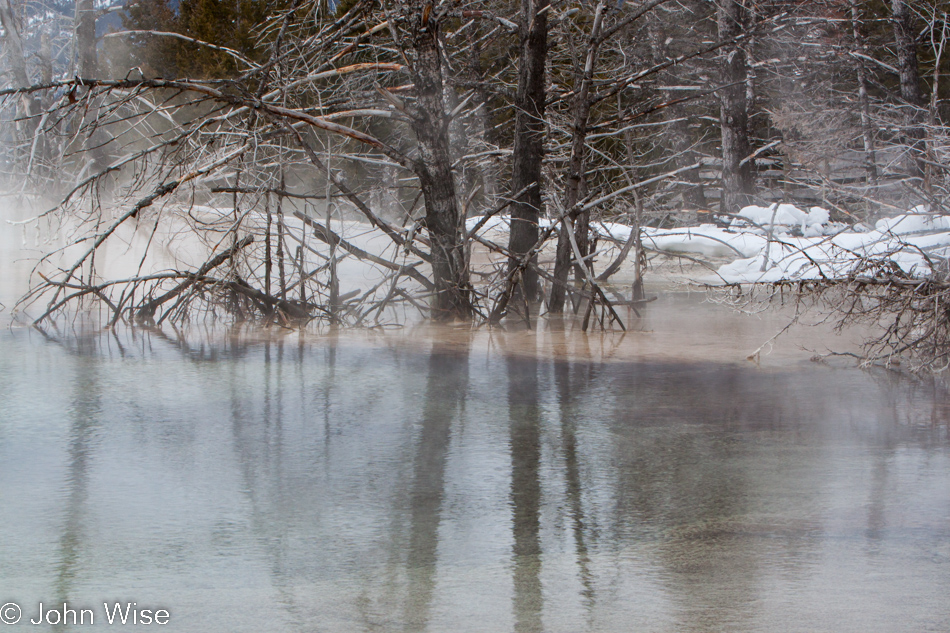
After the bustle of Phoenix Sky Harbor airport, Salt Lake City feels quaint, but this airport, too, will have all the trappings of a big city airport when, a week from now, we return, flying in from the truly small Gallatin Field airport in Bozeman, Montana. The plane we board in Salt Lake seats fifty and doesn’t feel much bigger than the larger private jets I have seen so often landing and departing the Scottsdale Airpark. Our flight to Bozeman carries no children, not even a teen. Only one person who might be considered a minority, a woman of Asian descent, has joined us. The average age is certainly somewhere in the upper forties or early fifties. This midweek flight appears to attract a professional crowd. Many of the passengers are reading, a few talk and only a couple are listening to the sounds of something else from their headphones. Not one notebook computer is open, not a single movie is playing on a small screen, nor is anyone playing video games. If I had a wish, it might be that I should be sitting next to a social anthropologist who could explain why this group appears more comfortable, less frantic, and better at ease in their demeanor. This is flying for the zen crowd.
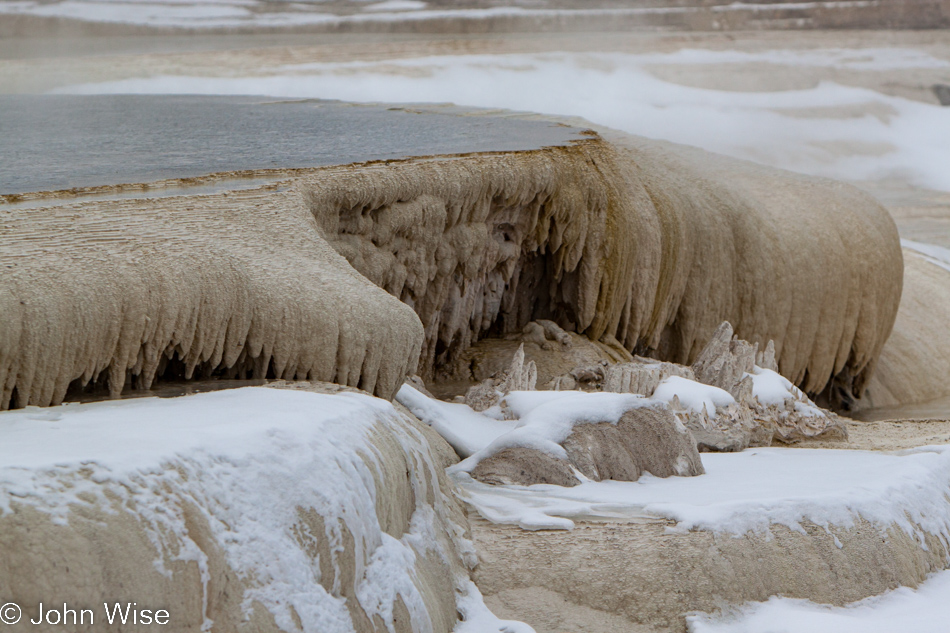
Our Bombardier CRJ200 touches down early, and for a while, just before landing, it looks like Bozeman and the surrounding area are plenty snowy. On the ground, it became obvious, though that not much snow had fallen recently – while places like Seoul, South Korea, a week ago saw eleven inches of snowfall in a single day. Not only that, but a heatwave is whipping through the area, with temperatures in the low 50s. We travel light and have no baggage to claim; dragging our carry-on bags, we walk right over to Karst Stage – the folks who will drive us to our final destination, Yellowstone National Park.
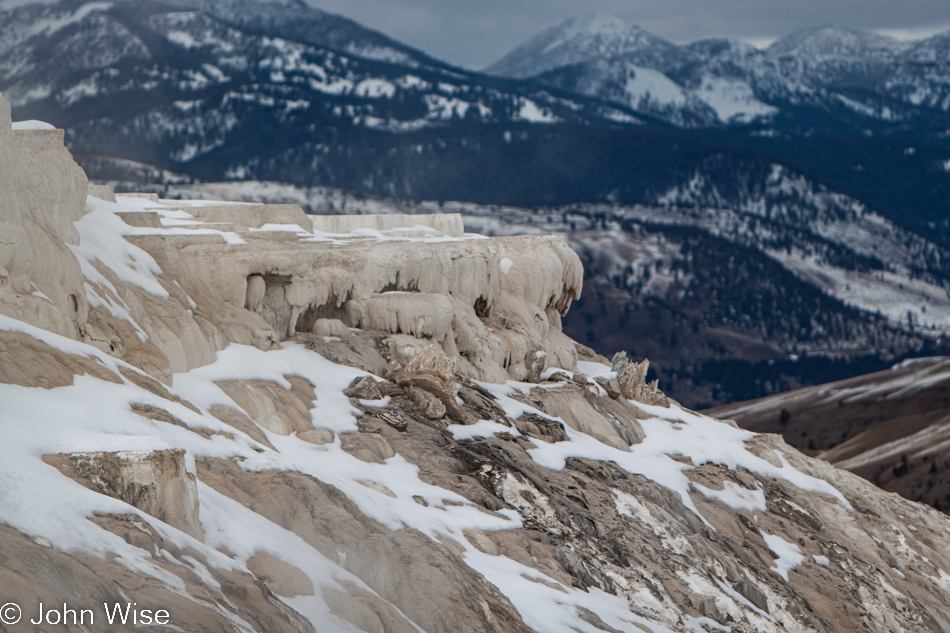
As I approach the counter I recognize Mr. H.A. Moore. Although his back is towards me, he cuts a distinctive silhouette – H.A. was the same driver we had last year. Due to the overwhelming nature of our first winter trip to Yellowstone, we had forgotten by the end of our adventure that the sixty-seven-year-old horseman owns and leads backcountry tours for Yellowstone Rough Riders. H.A. arrived in the Yellowstone / Teton region in 1972 and has been a backcountry tour guide ever since. Talk with park personnel, and you’ll learn that there may not be anyone alive today who has the experience and breadth of knowledge H.A. has regarding the remote areas of Yellowstone. Listen to his cowboy poetry, and if you are so fortunate to be as rooted to the land as H.A., you too may gain a great understanding of who this man is, and you won’t hesitate to grab the opportunity to ride with him on a tour off the beaten path of the Yellowstone.
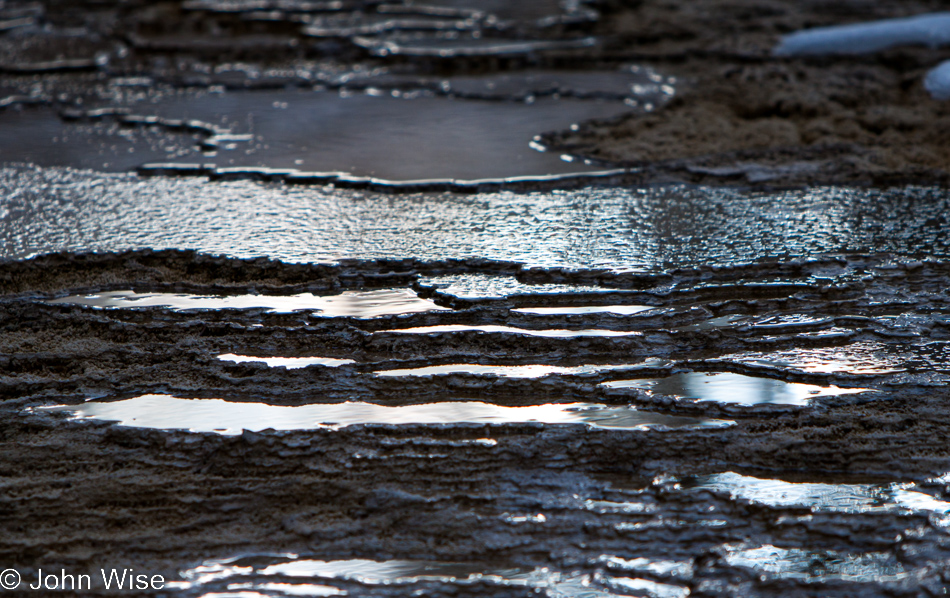
By the time we arrived at Roosevelt Arch on the North Entrance near Mammoth Hot Springs, we had confirmed a reservation with H.A. for a pack trip on horseback in early September 2011. Of course, we’d like to go this year, but with a nineteen-day rafting trip through the Grand Canyon scheduled, we can only accomplish so much in any given year. The week to ten-day ride, as described by H.A., will take us through the northwest corner of the park if someone would like to sponsor us for a ten-day trip, we would love to go see The Thorofare in the southeast of Yellowstone through the Absaroka Range. The Thorofare Trail is considered the most remote corner of America, being at least thirty miles in any direction from a road. A highlight of this particular trail is the Two Ocean Plateau on the Continental Divide, where North Two Ocean Creek splits, with one fork becoming the Pacific Creek and the other becoming the Atlantic Creek, with each flowing into the respective oceans.
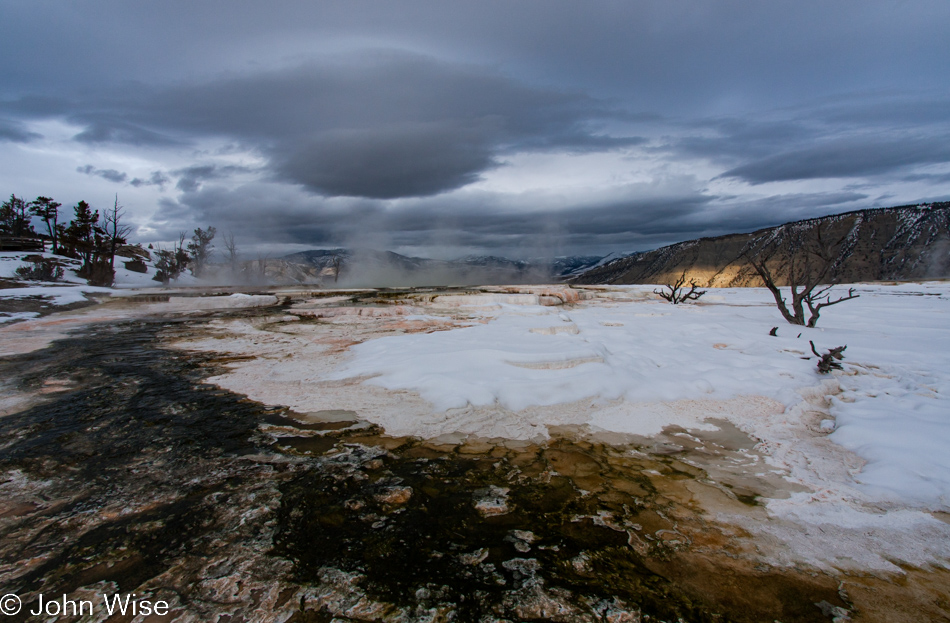
After a quick check-in at the Mammoth Hot Springs Hotel, we drop our bags in room 221, race to the ski shop for some water, and then jump on a van that will take us up the road to the Upper Terrace hot springs. Living in Phoenix, there is a transitory, temporary nature to people’s time at service industry jobs, so we were quite surprised to recognize Lisa at the front desk of the hotel, Point and Chris at the ski shop, Doug, who led our Wake up to Wildlife tour last year, and then later in the dining room, we recognized others from our previous visit. Chris, who is also a ski instructor, after learning of our upcoming big trip, told us that this April, he would be taking a trip down the Colorado River through the Grand Canyon with a friend. Turns out this friend applied for a private permit almost twenty years to the day prior to his gaining approval. People of adventure flock together.
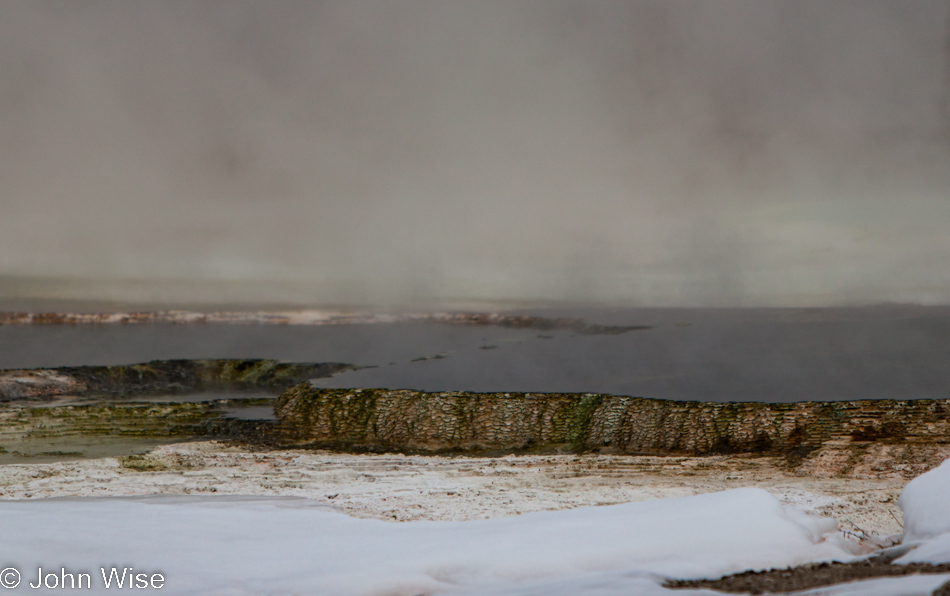
While we enjoyed some sun and blue skies on our way into Yellowstone, it wasn’t to last. Sure, the sun poked its way through the clouds from time to time, but mostly, the sky was now overcast. This eighth visit to America’s first National Park will put us solidly over thirty days spent in the park, thirty-five to be precise, and yet I still do not have a feeling that I am much more familiar with its expanse than the first-time visitor who passes through in a day. We take our time here on the terrace, walking slower and lingering longer than on any previous visit, and still, it feels rushed, as if trying to make a compromise with time, willing it to slow down but it ignores our pleas.
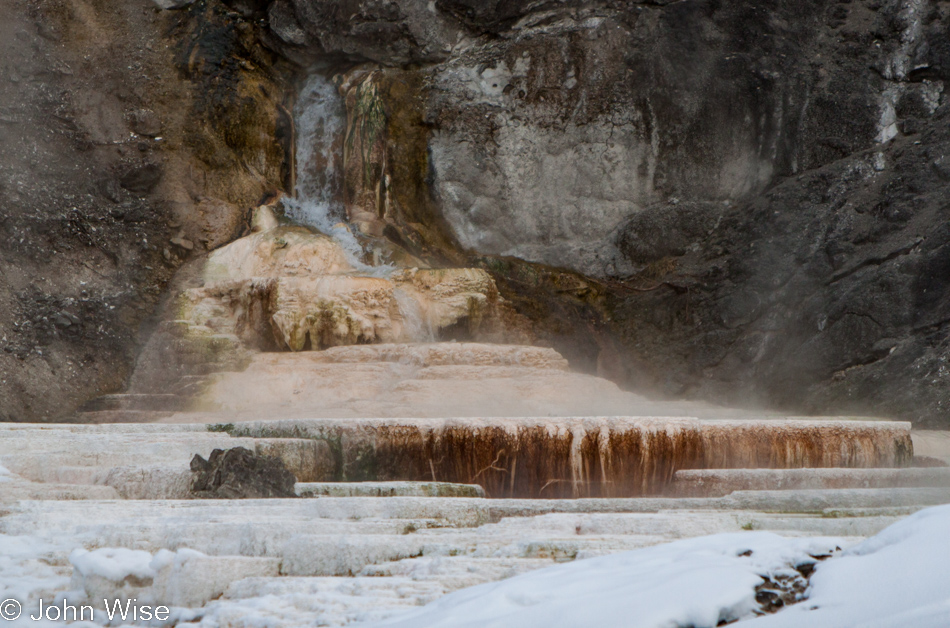
With no other visitors up here, Caroline and I stand perfectly still so the snow below our feet doesn’t crunch and our clothes don’t swish, listening to the faint sound of birds in the distance. As the sounds of the hot springs become amplified in the silence, we can hear the change in the surge of water flowing over the cascading terraces. Our ears focus on a point where the steamy mineralized water exits the earth, hearing how the flow of water keeps changing; it rushes forward and slows again. The sun briefly illuminates an edge of white travertine, opening a hole in the clouds to shine on an adjacent mountain and just as quickly is gone again.
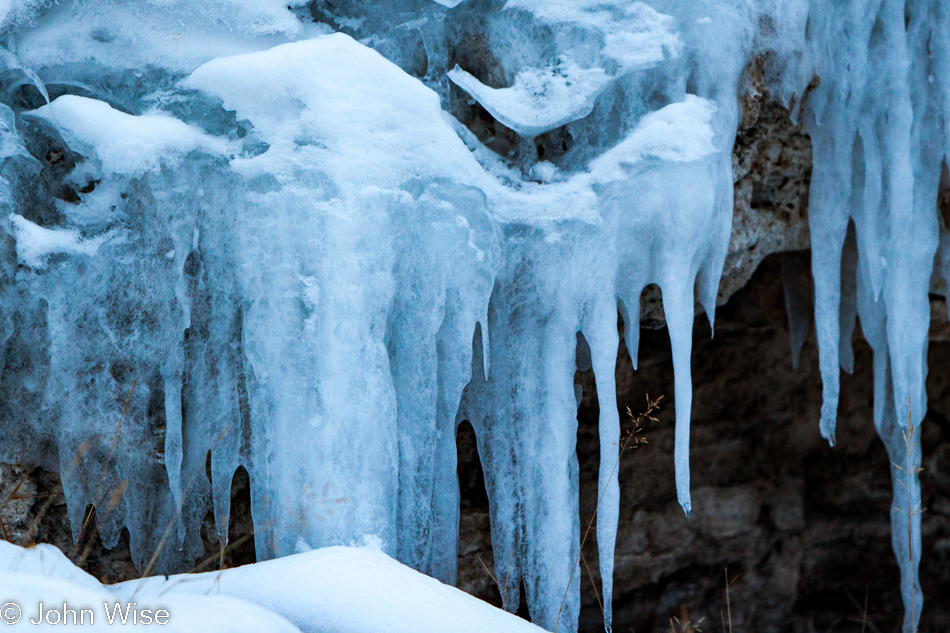
Small fluctuations in the wind combined with the pulsing water release billowy steam, creating patterns and shapes of ephemeral clouds, shifting, rolling, and dissipating. For a moment, edges and ripples of pooled water in a hot spring come into clarity but quickly are returned to be hidden behind the mysterious steamy shadows hiding from us what is now just out of view. With a new breeze comes an old familiar Yellowstone friend – the smell of sulfur.
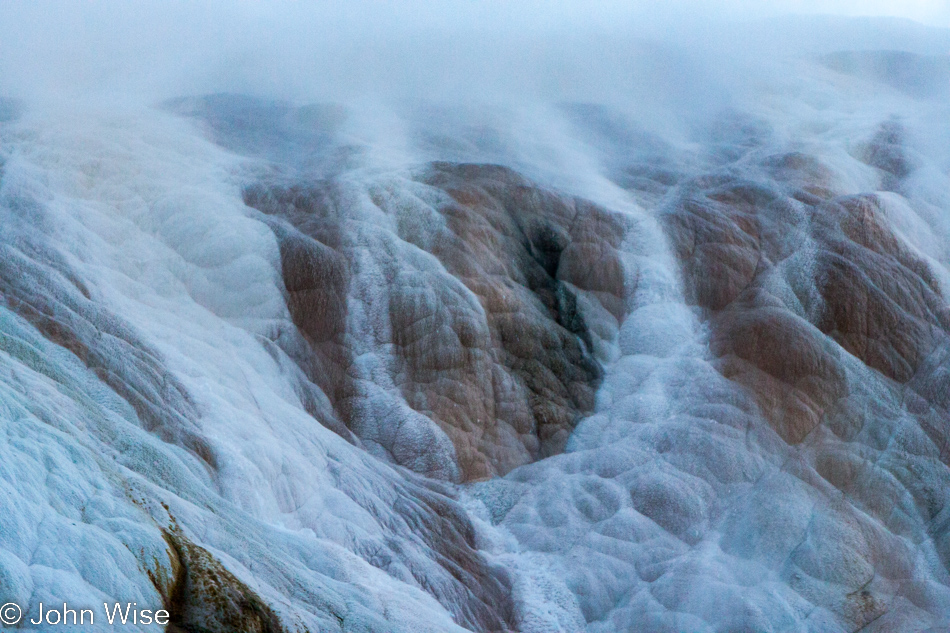
The boardwalk trail here is relatively short and quite an easy walk. Still, we require four hours to stroll the terrace, and only the approach of evening compels us to depart for dinner. If this time were all we were allowed on this visit to Yellowstone, we could be content, but we have six more full days to go.
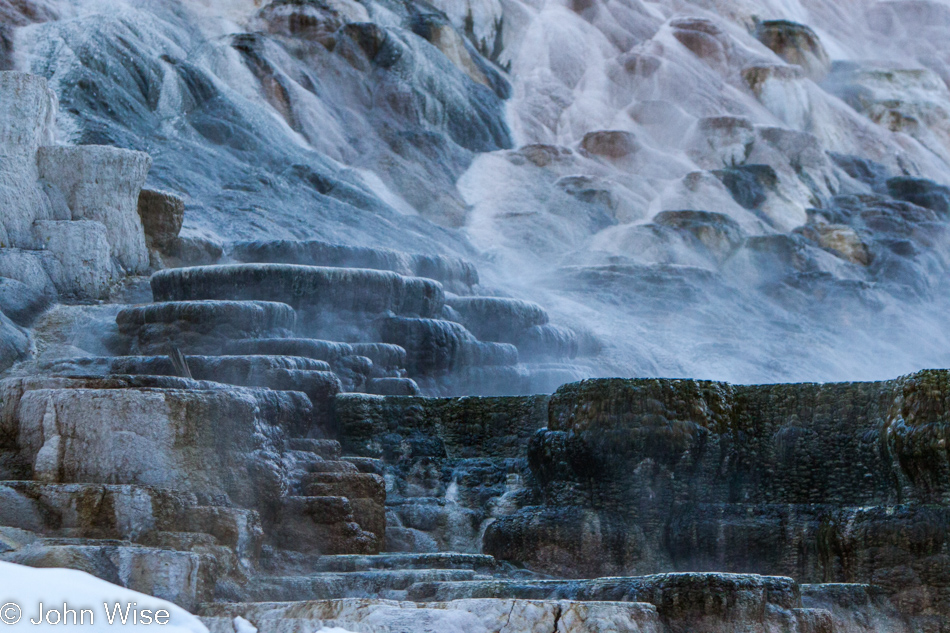
This midweek day in the park gives the impression that no one else is here; we could be alone. A few tables in the dining room are occupied at dinner. A hot tub awaits us in the cold air for an enjoyable hour-long soak under the stars. All of a sudden, a day that began at 4:00 a.m. sure seems like a long one by 9:00 p.m.; the alarm will wake us before 6:00, twilight begins at 7:30 with sunrise at 8:00 – we’ll be ready.

